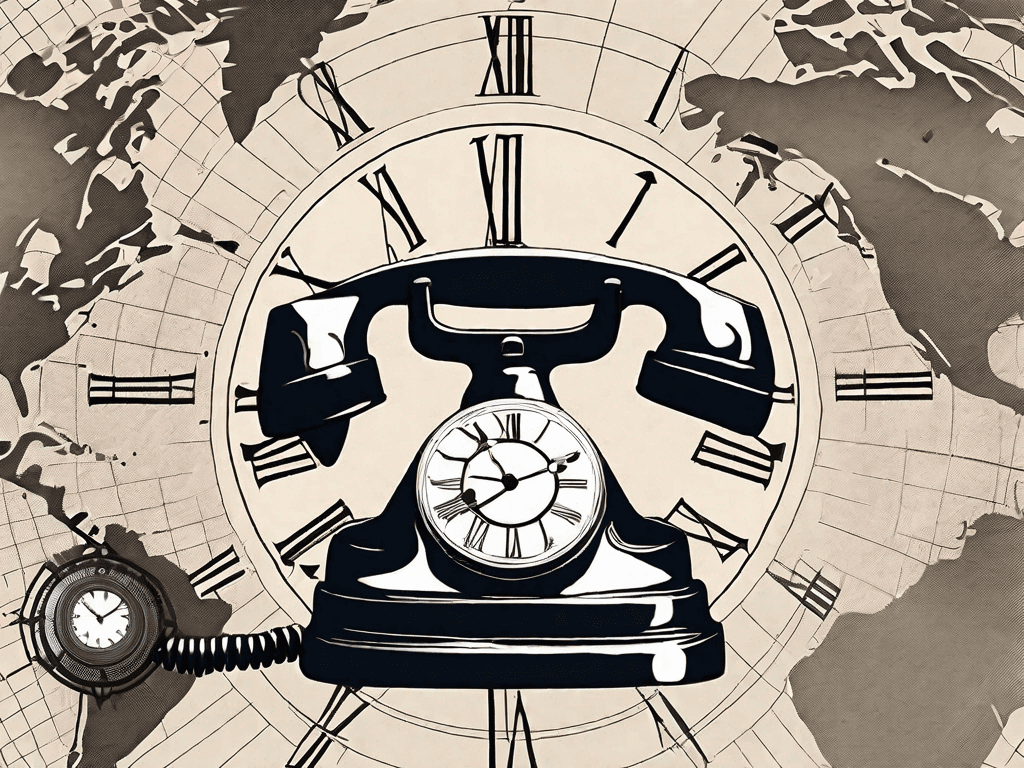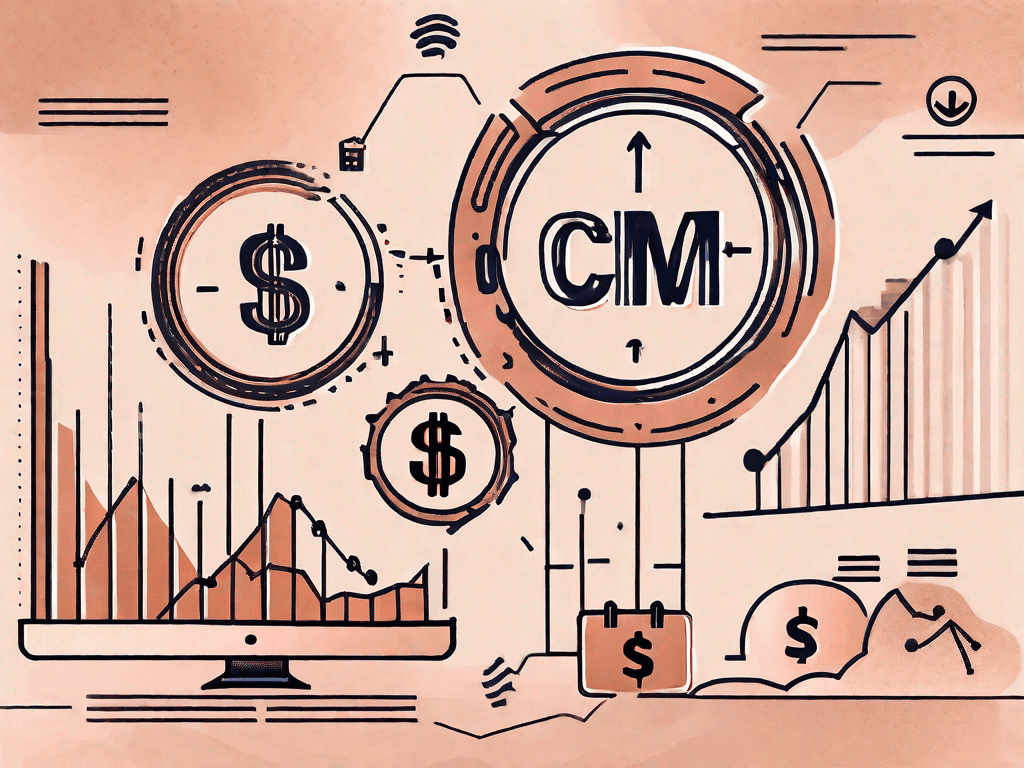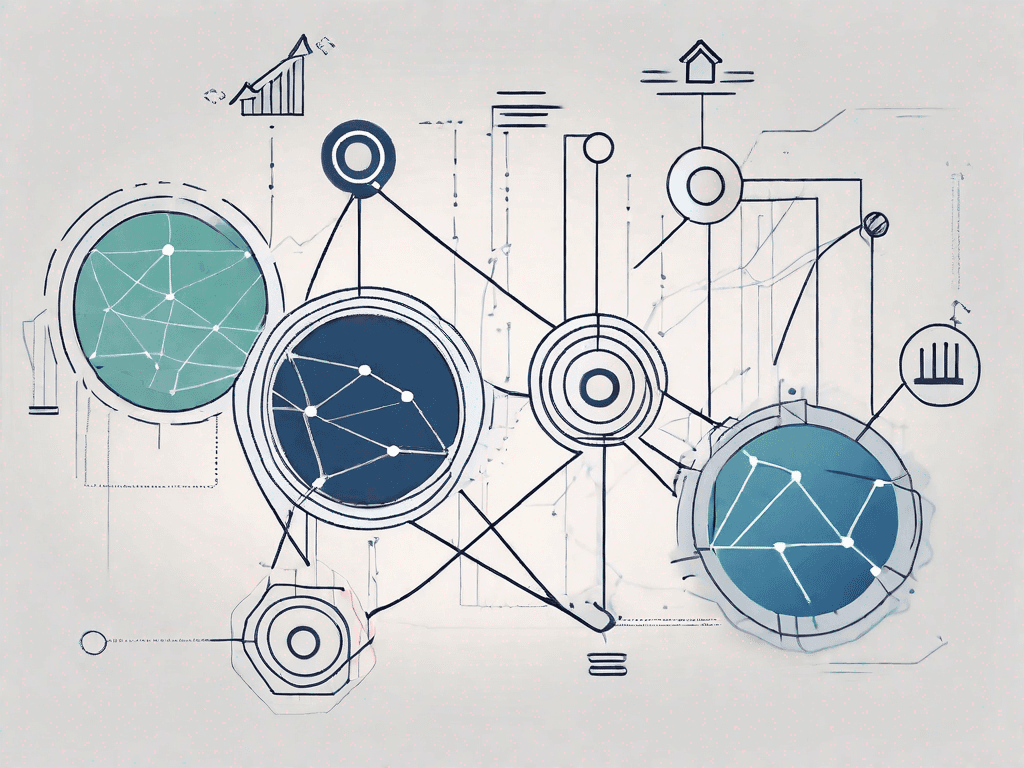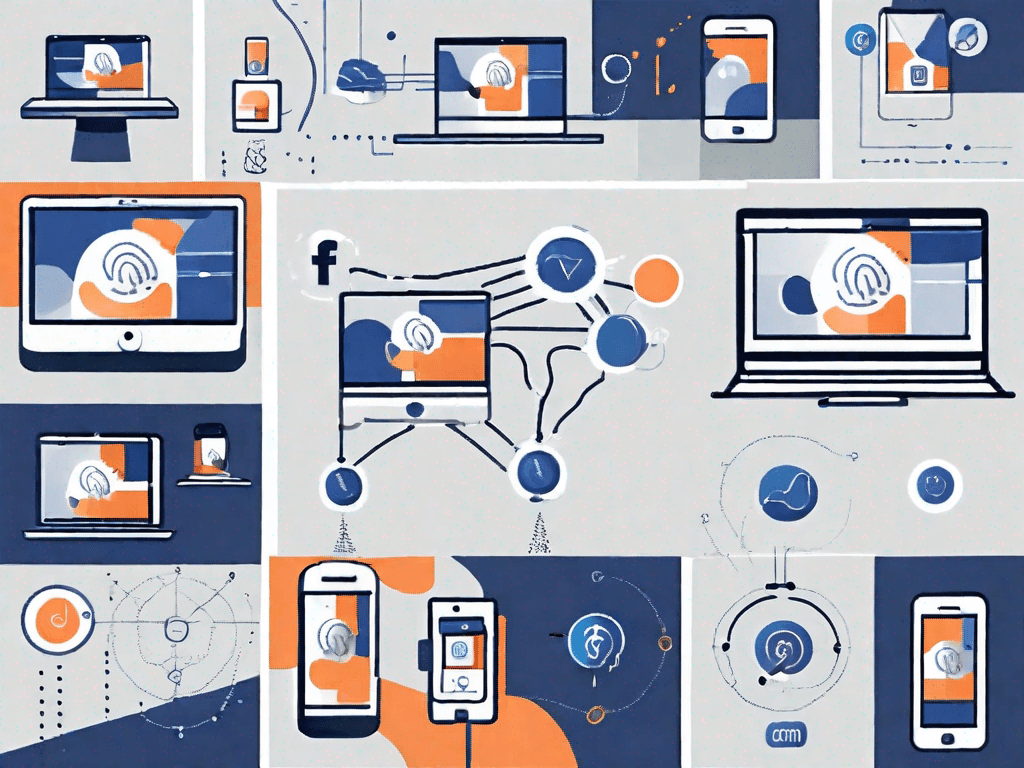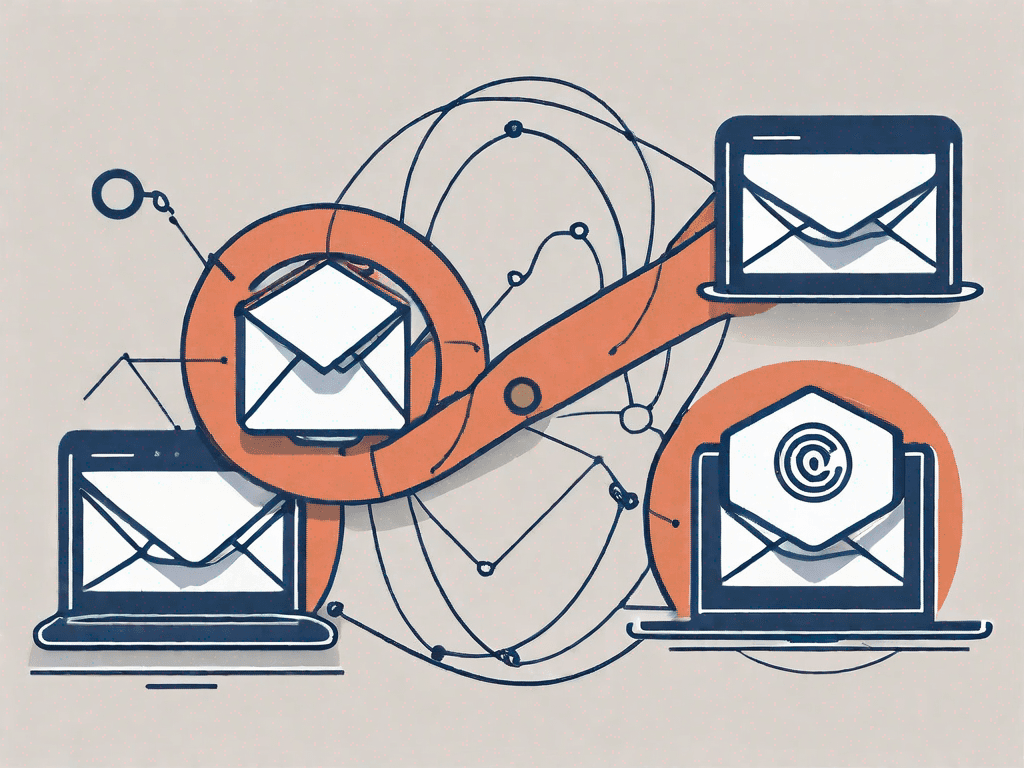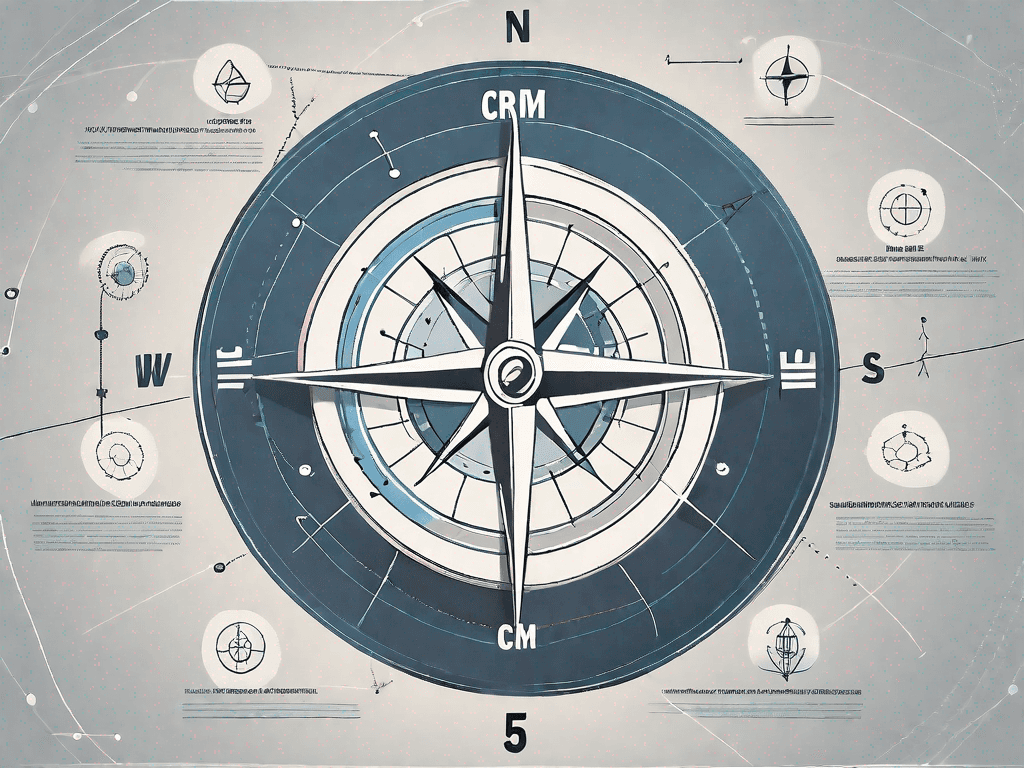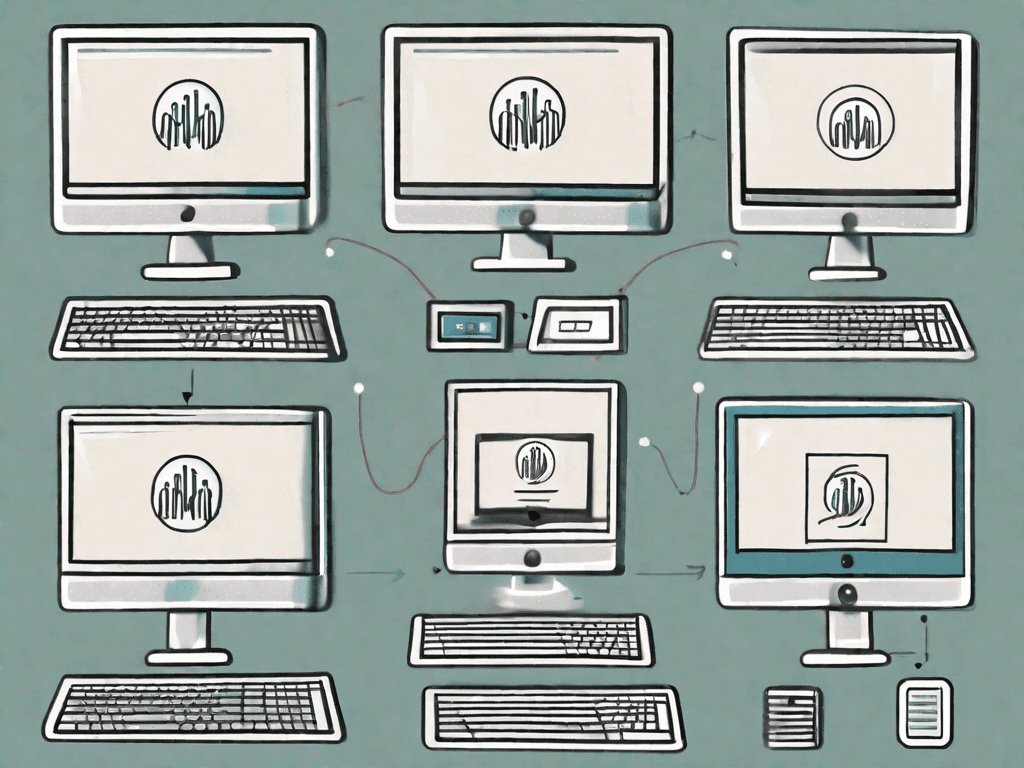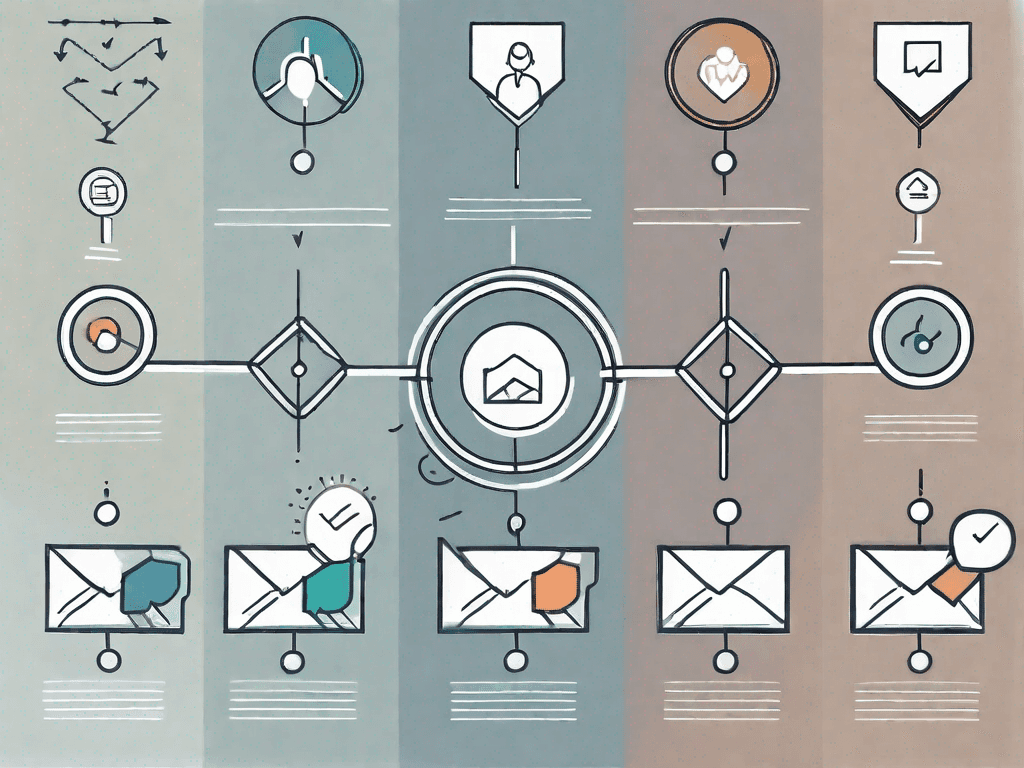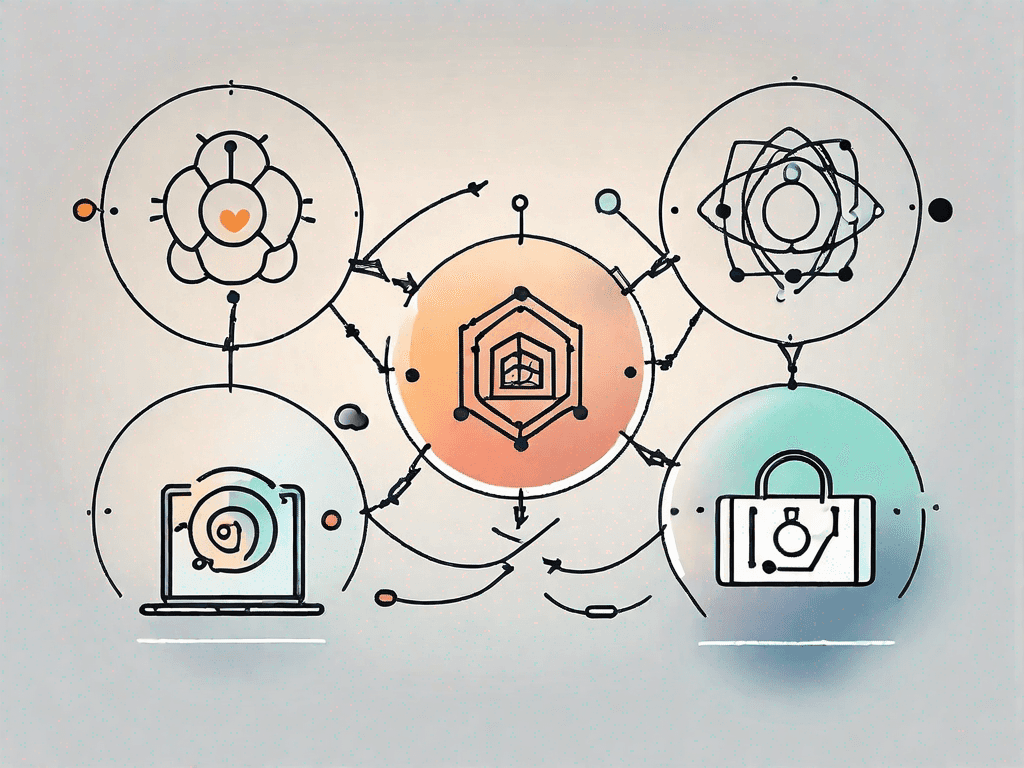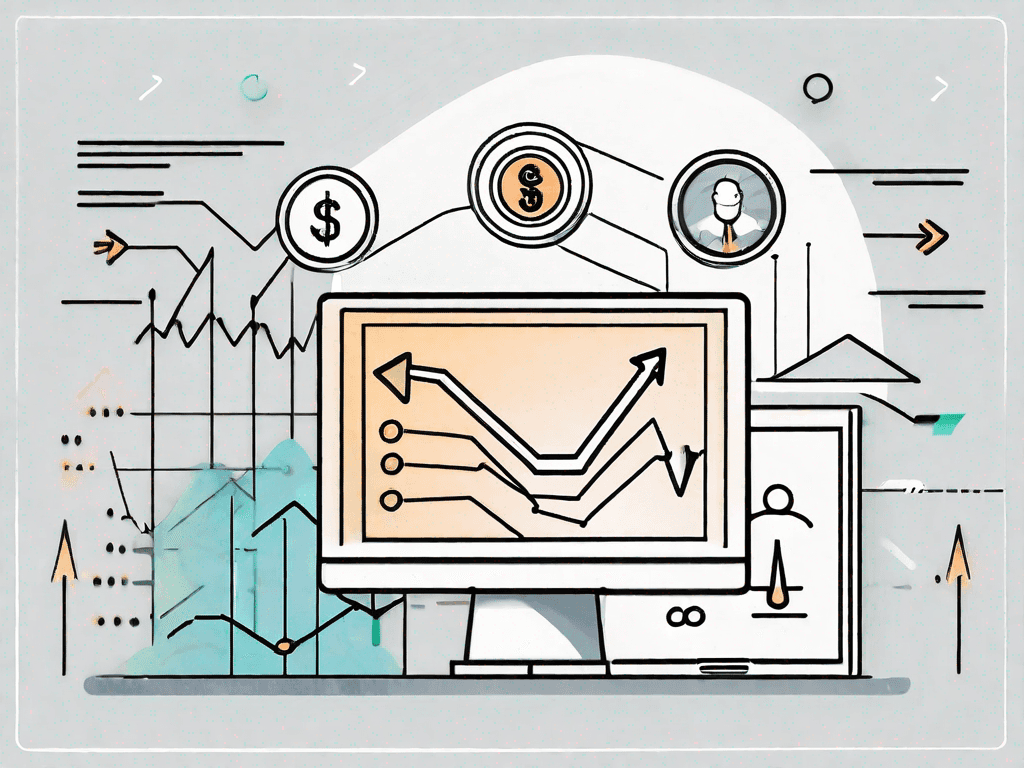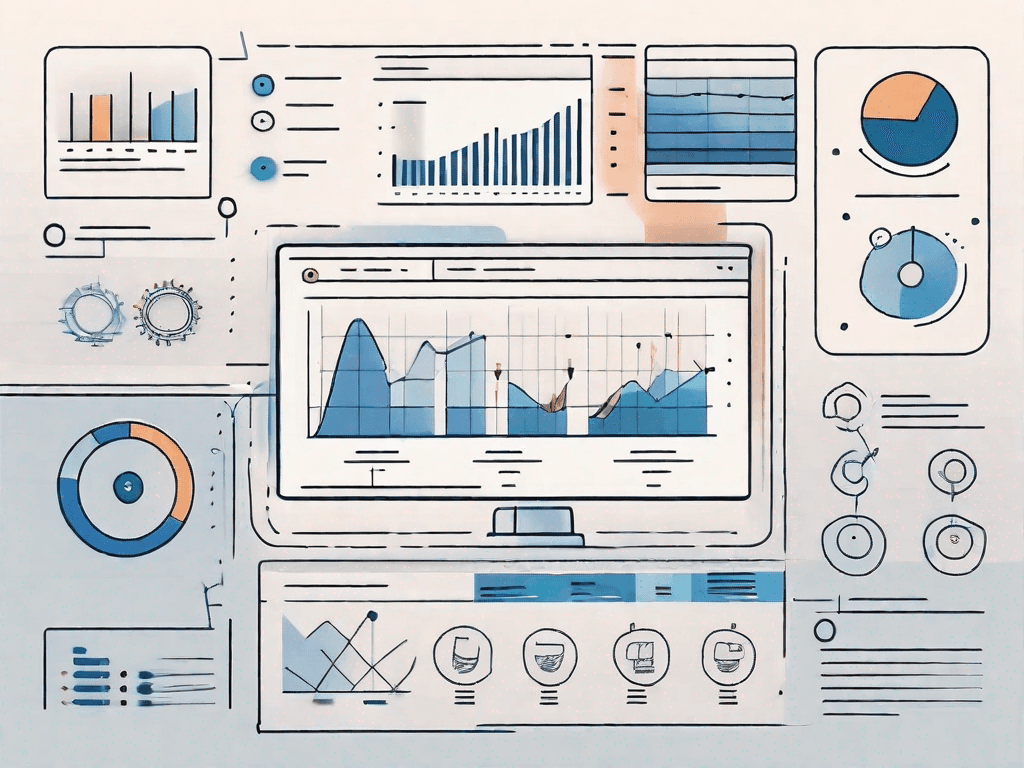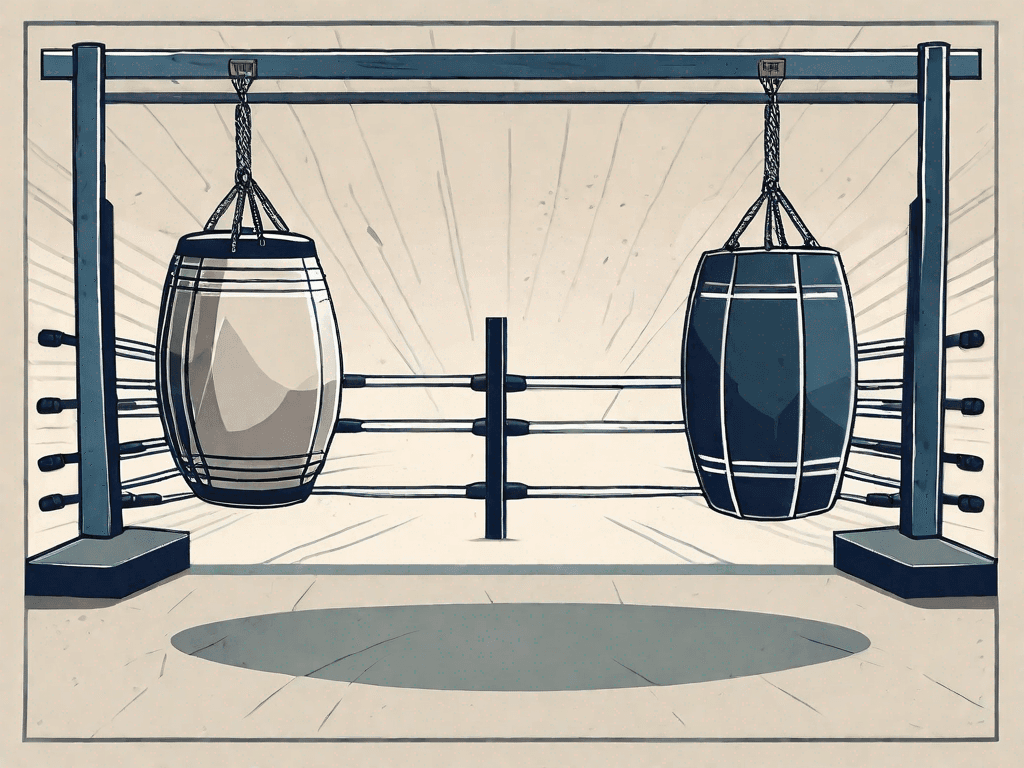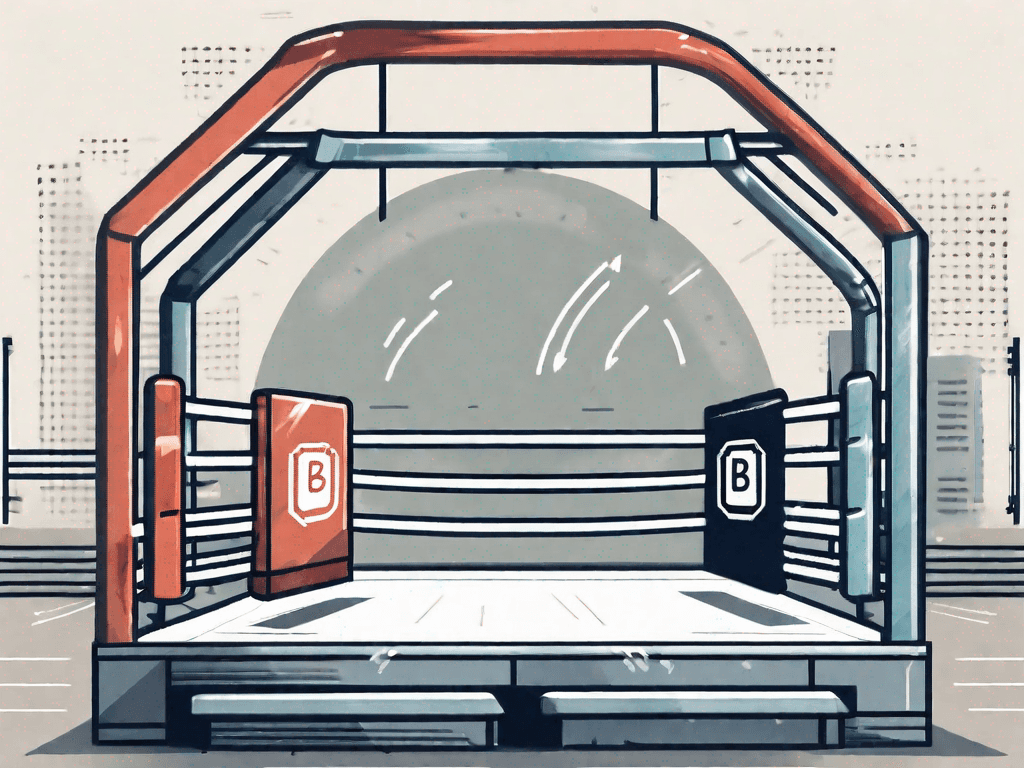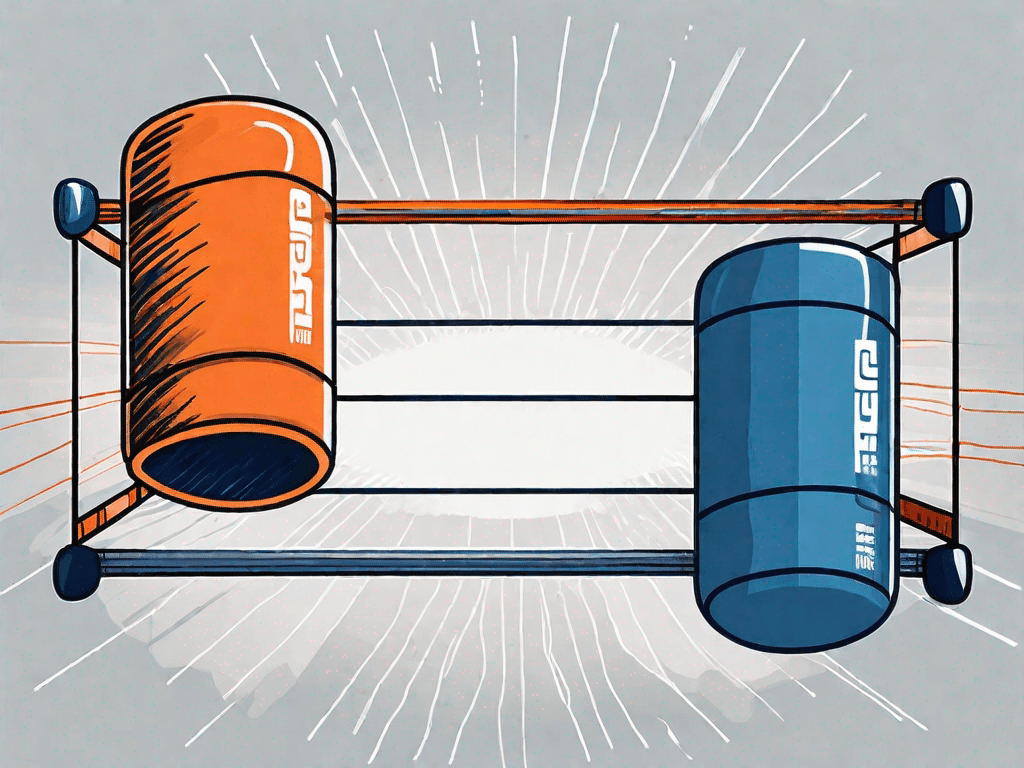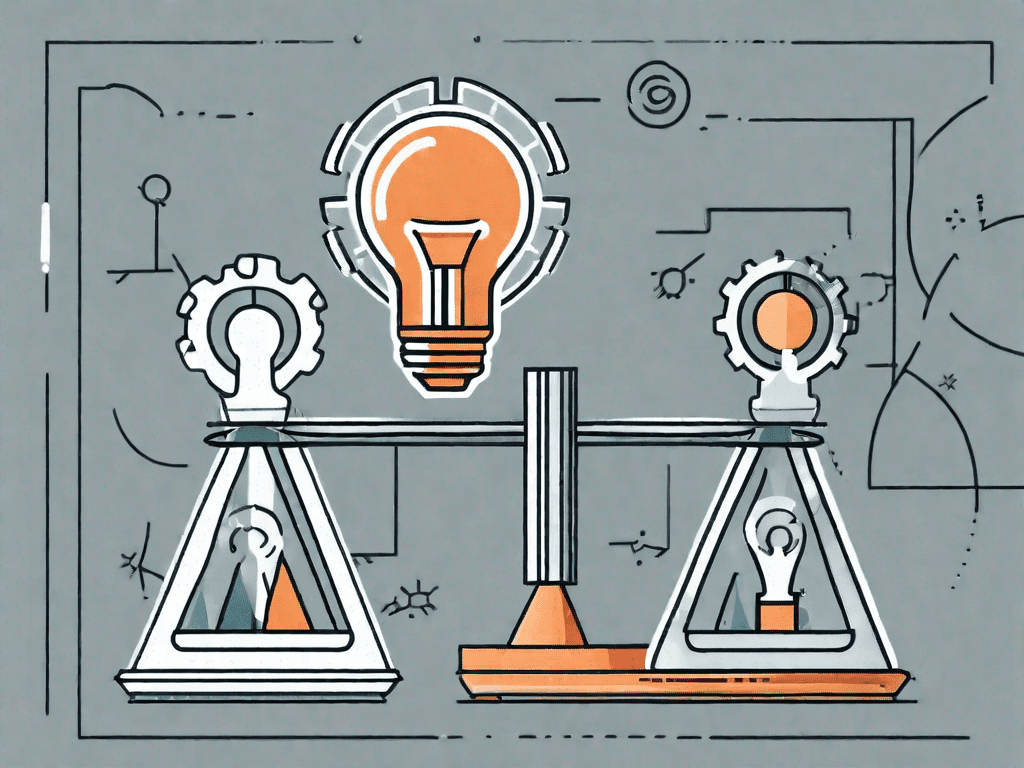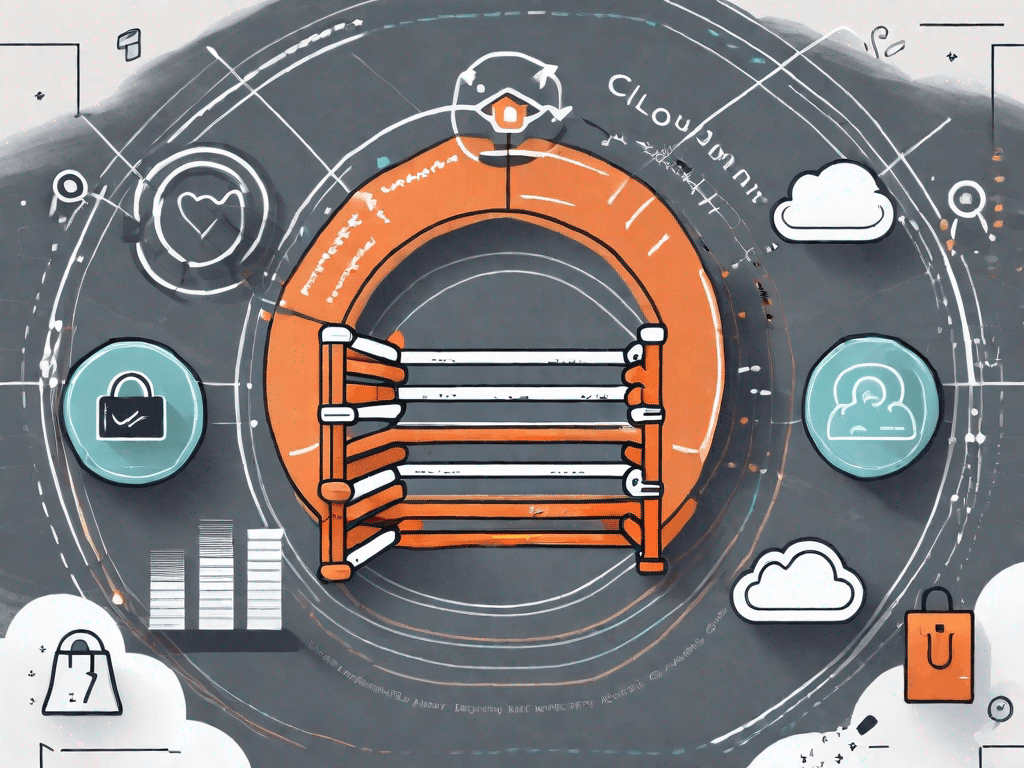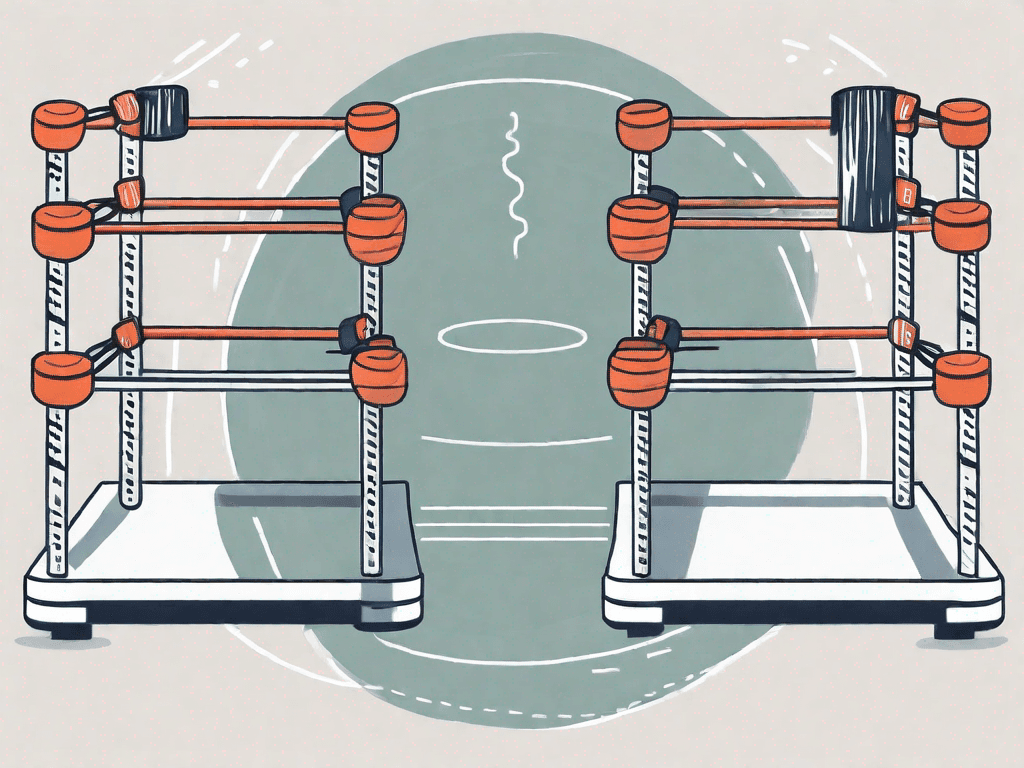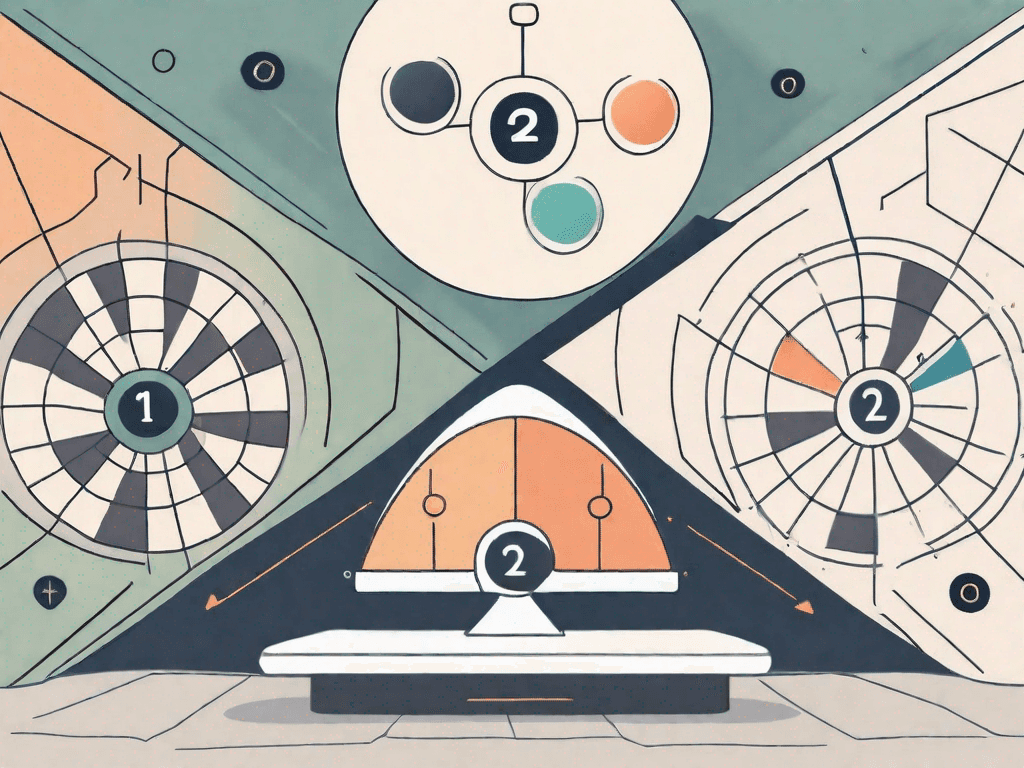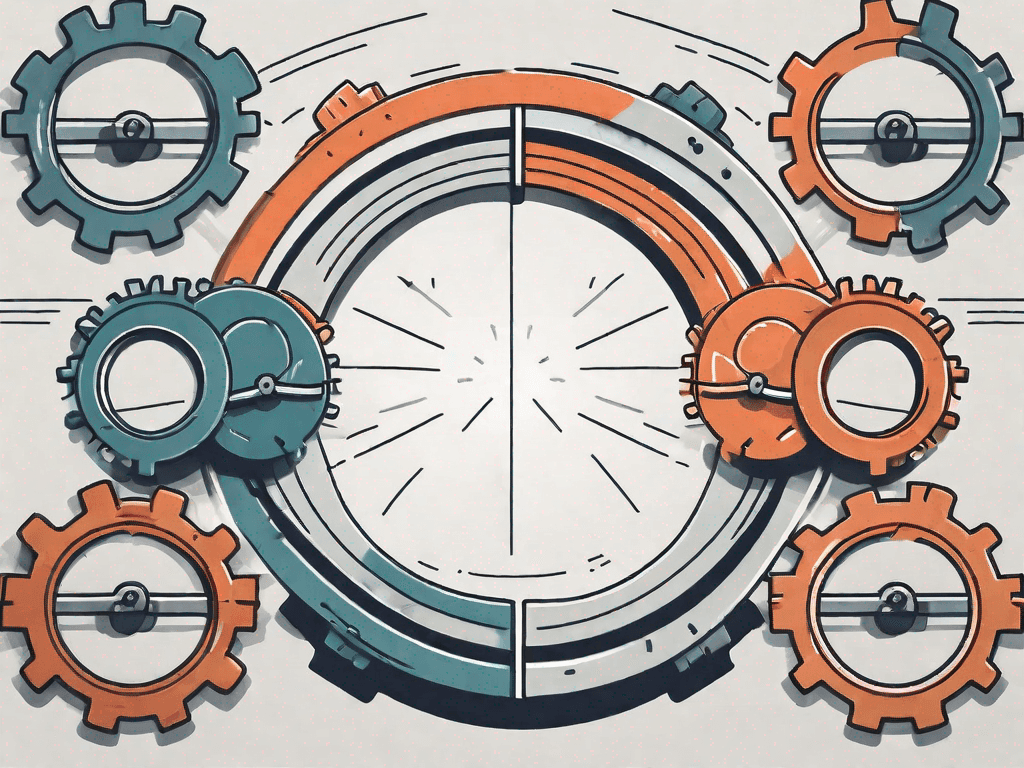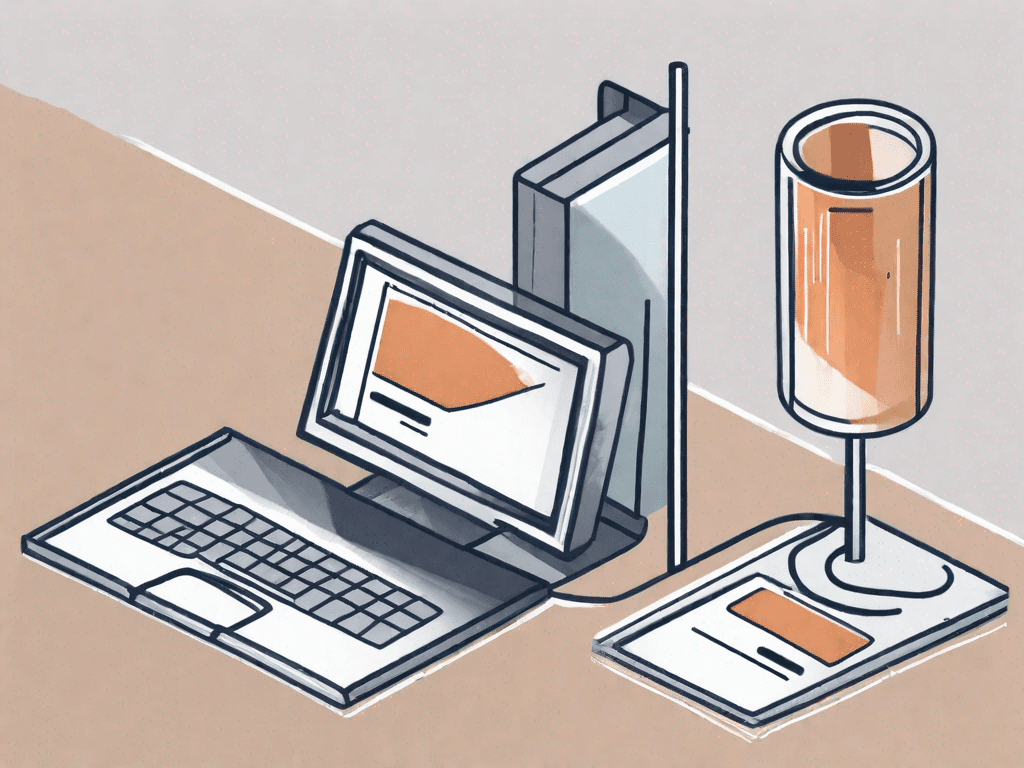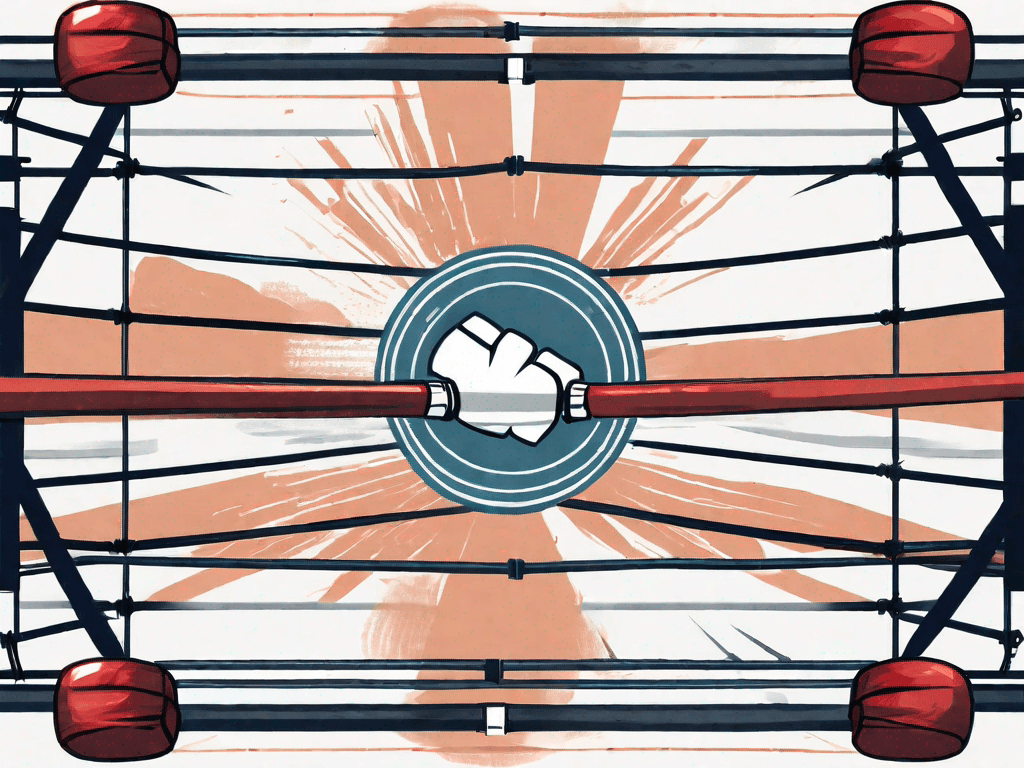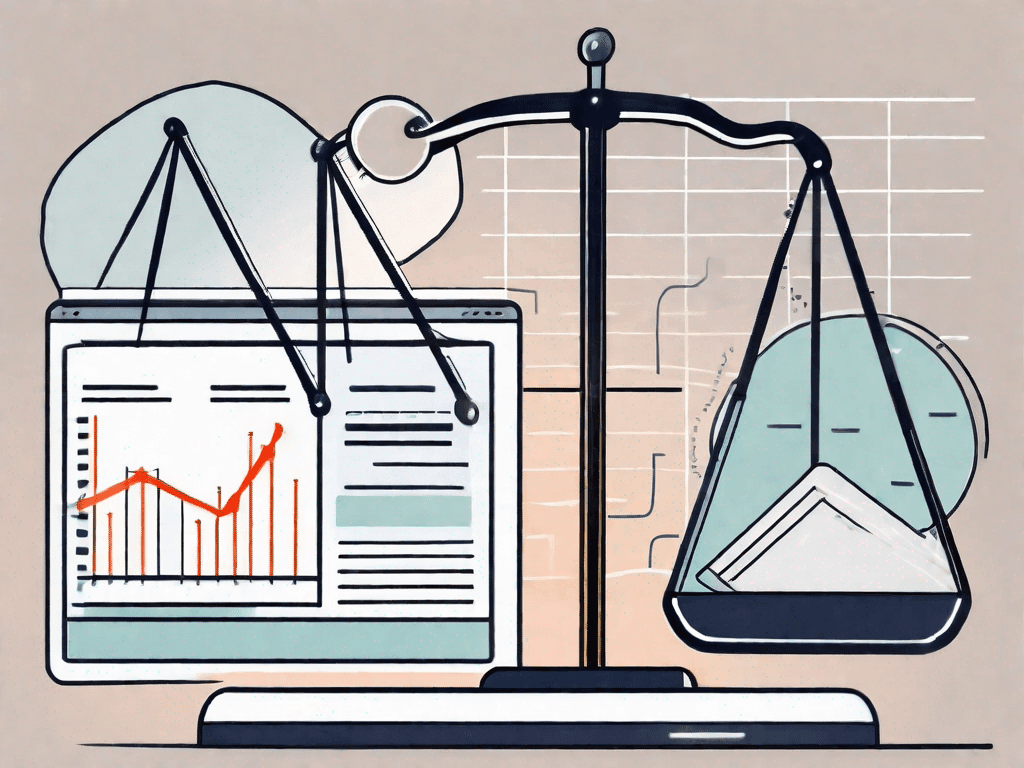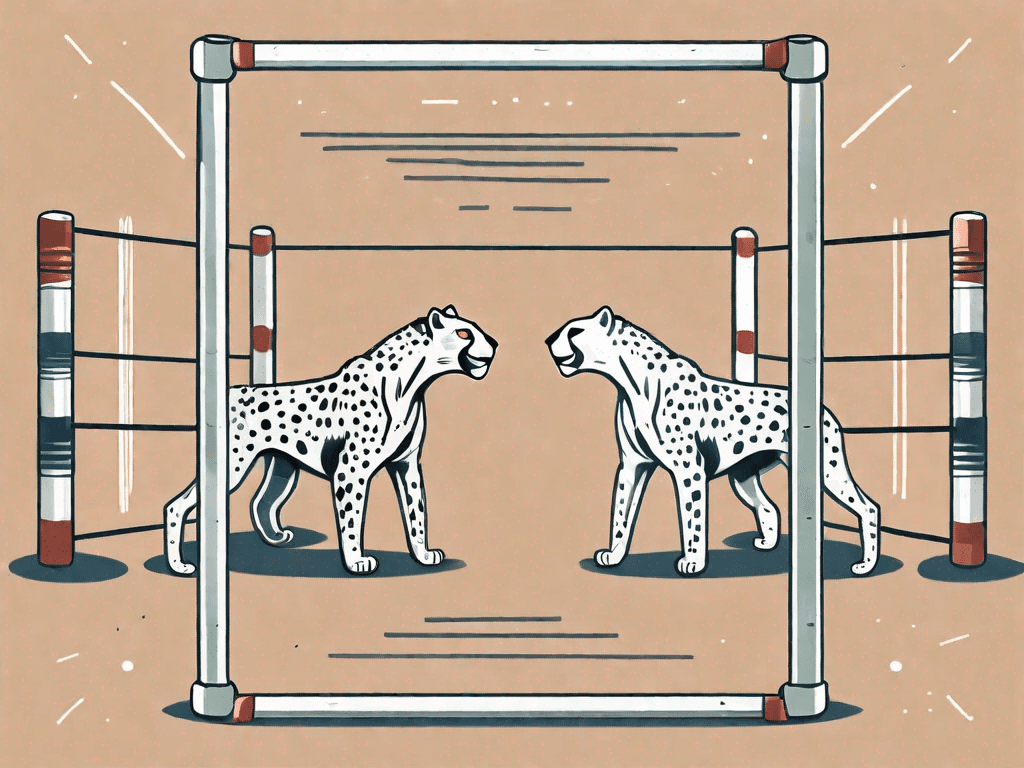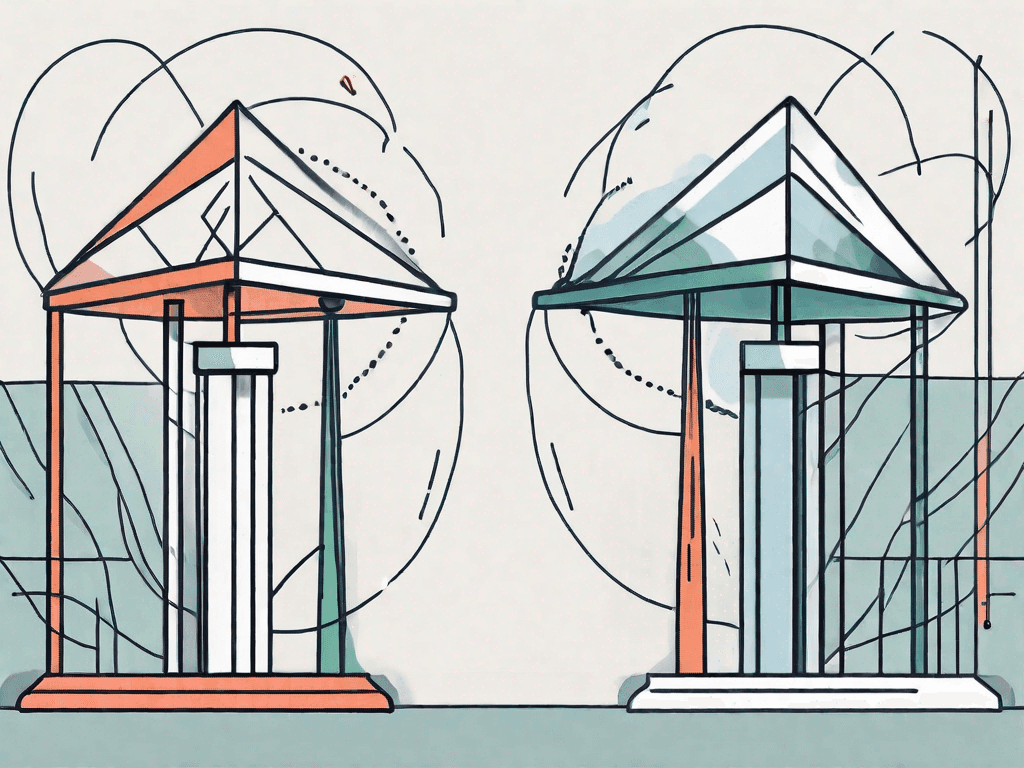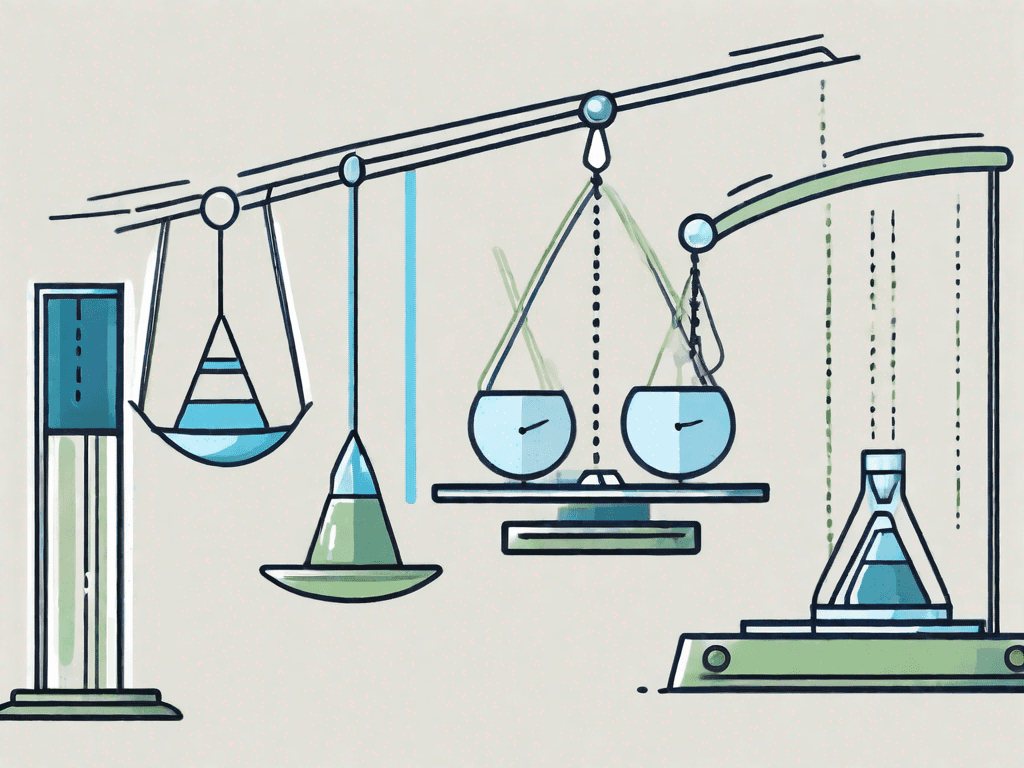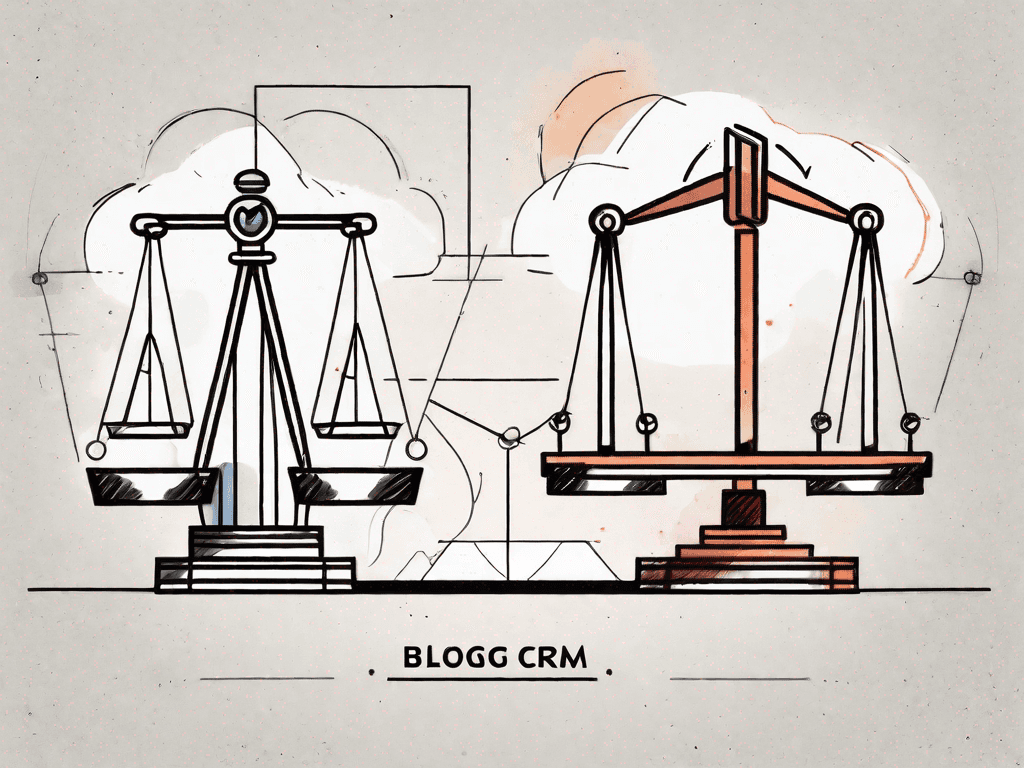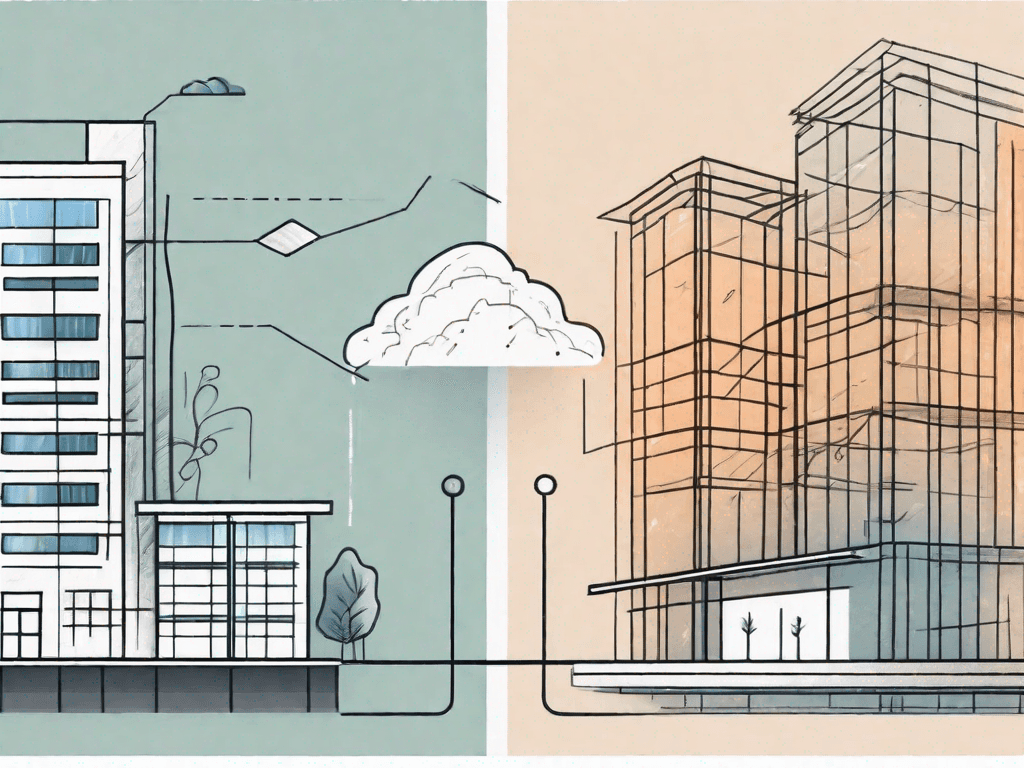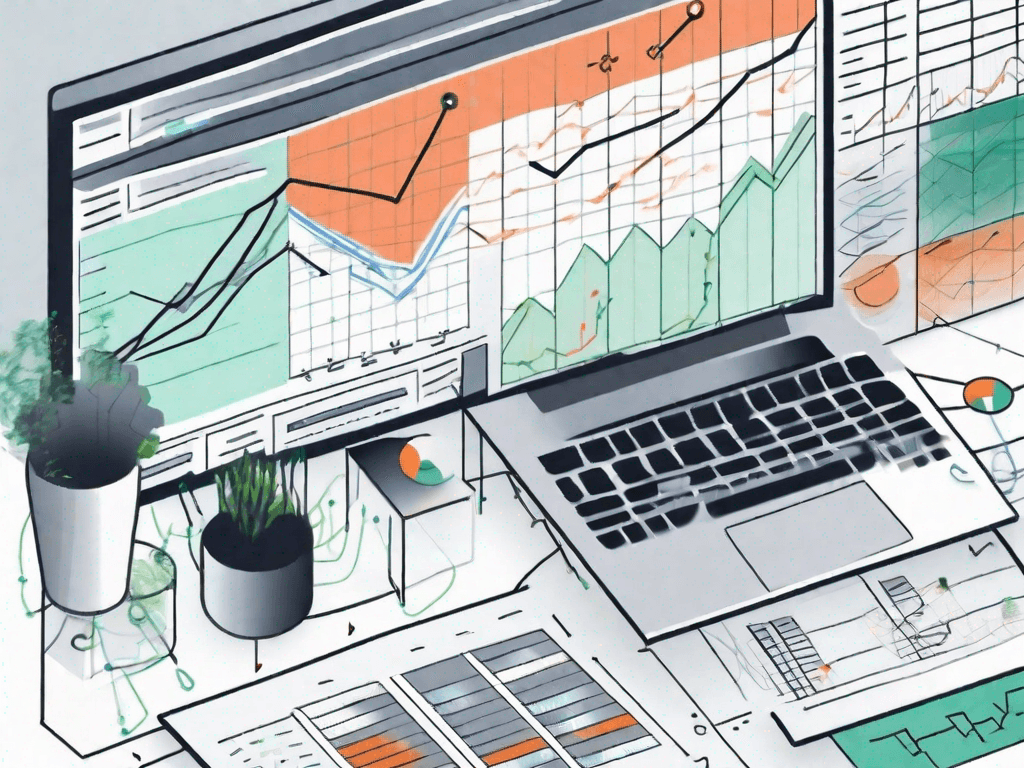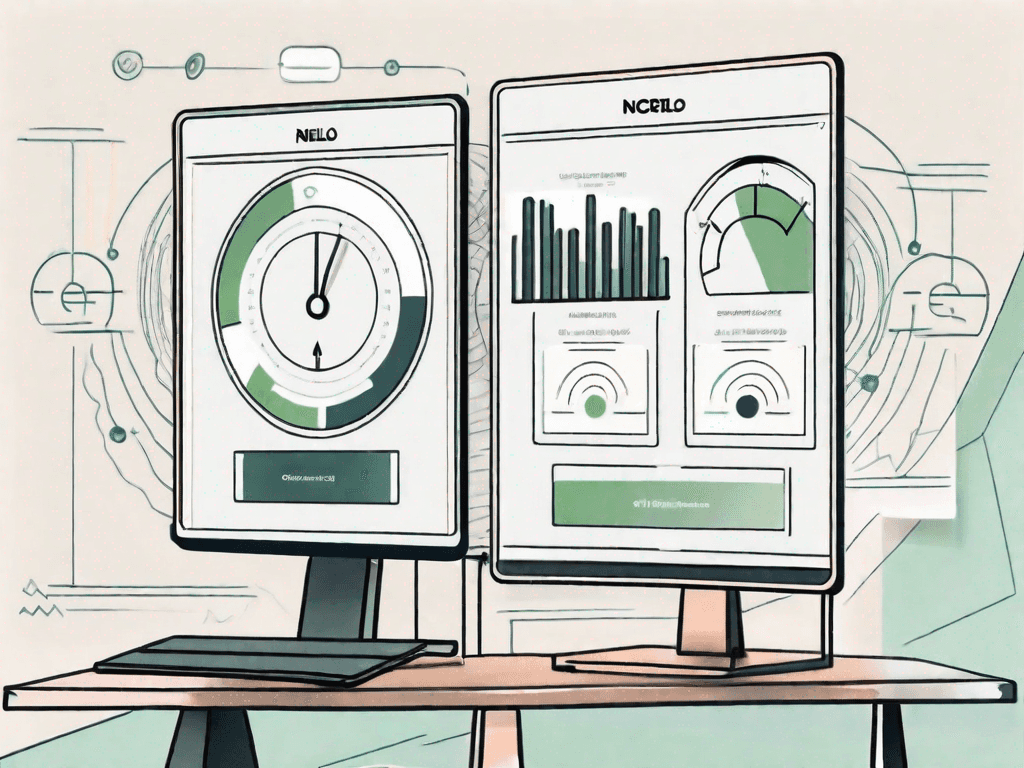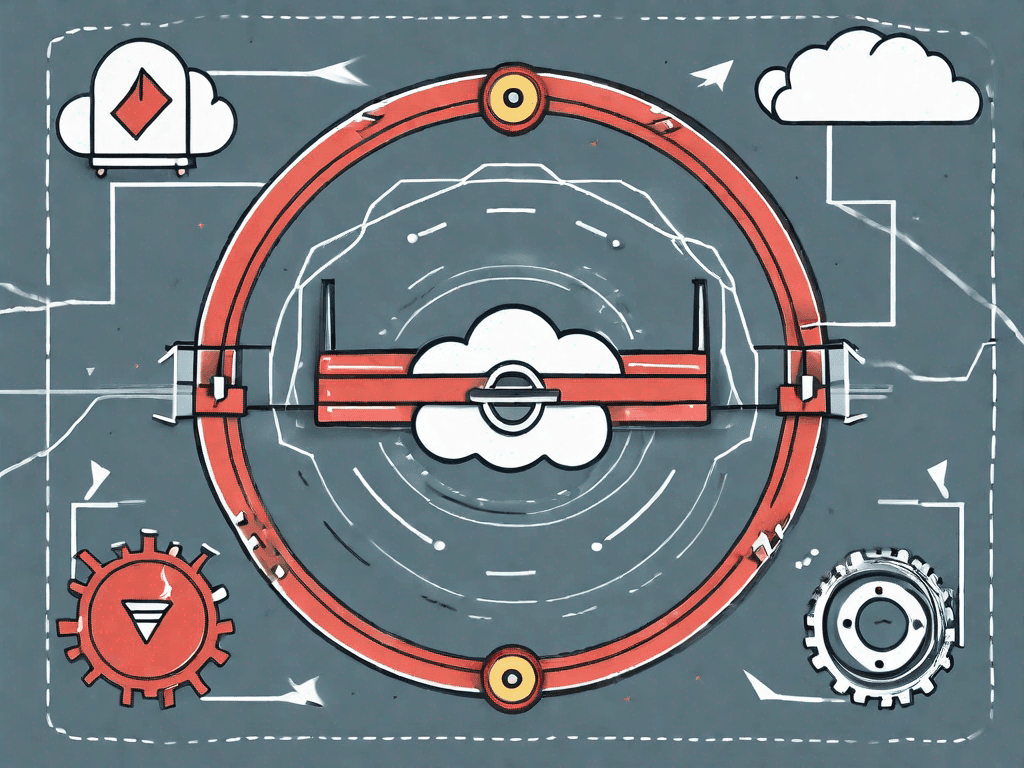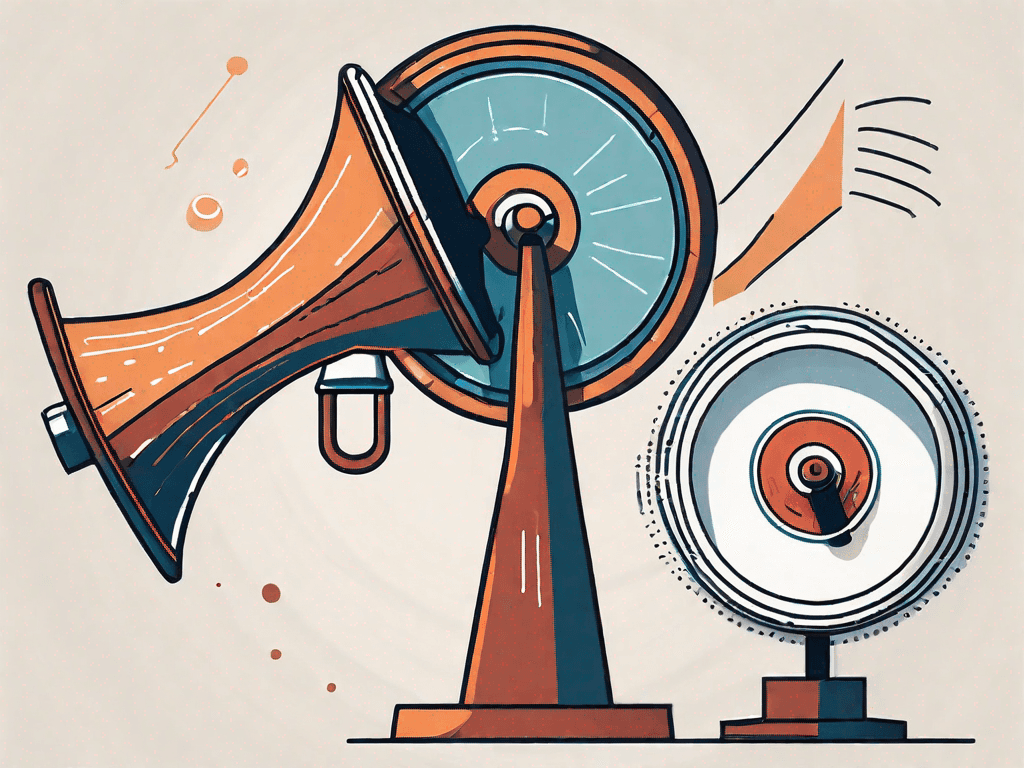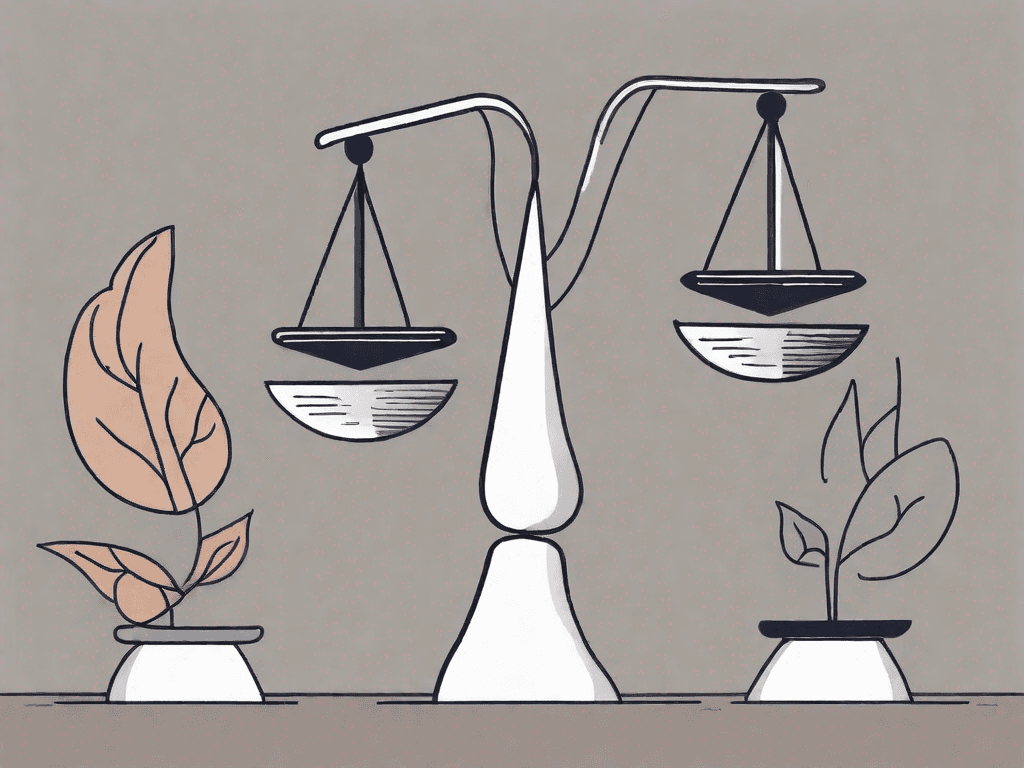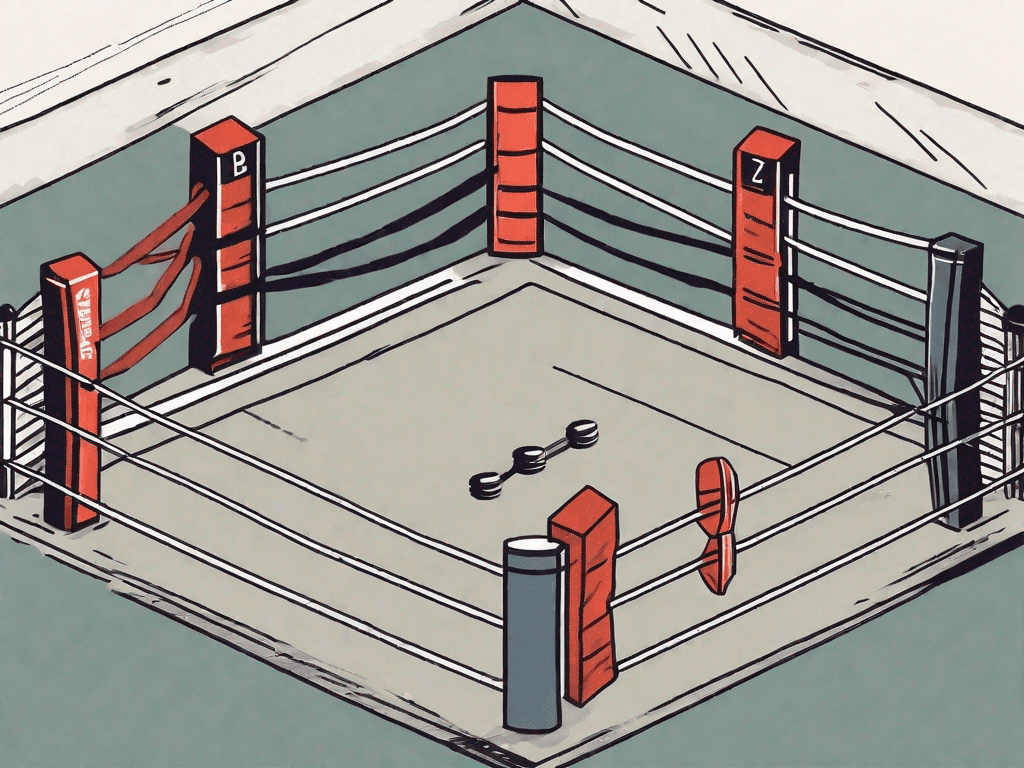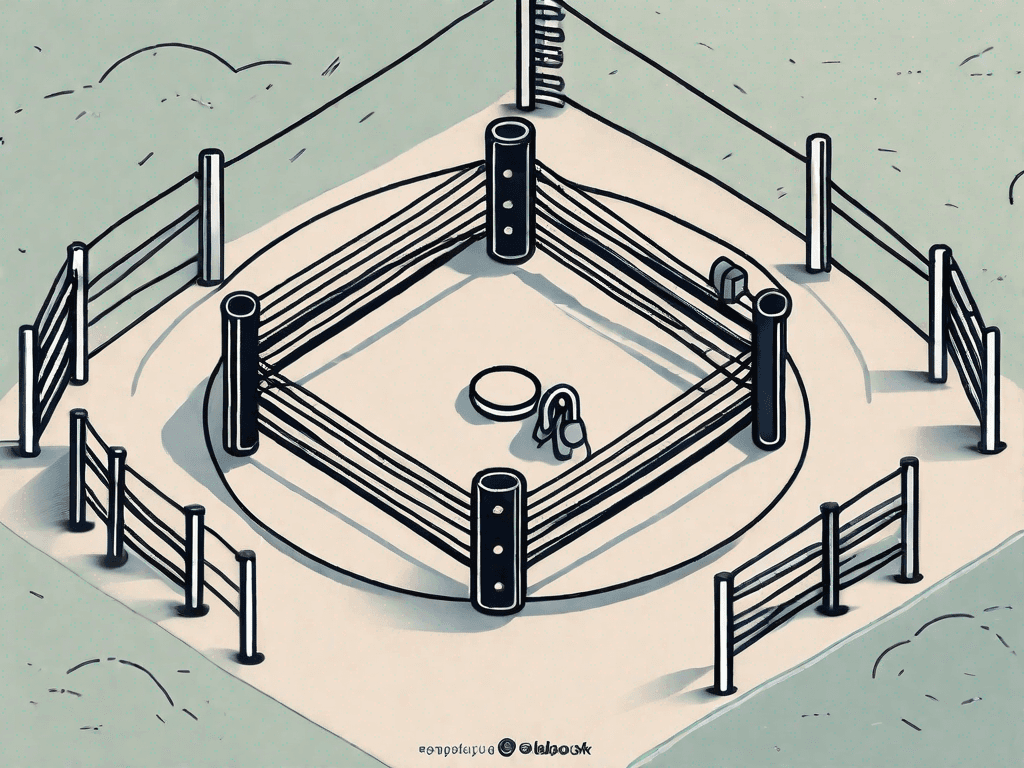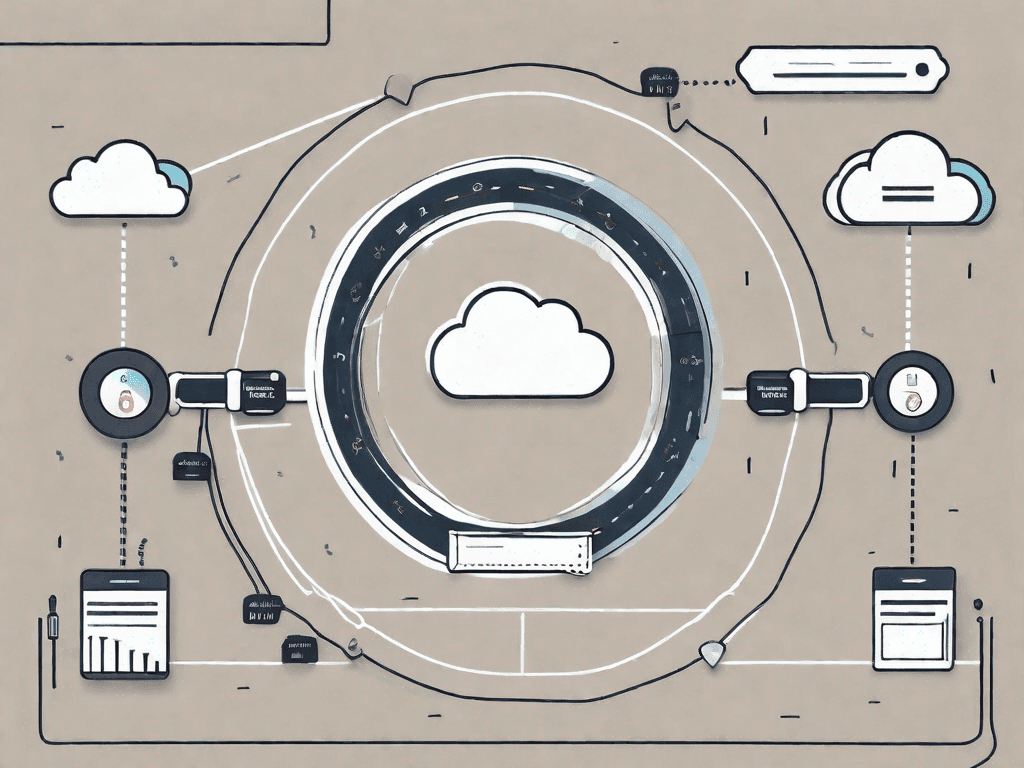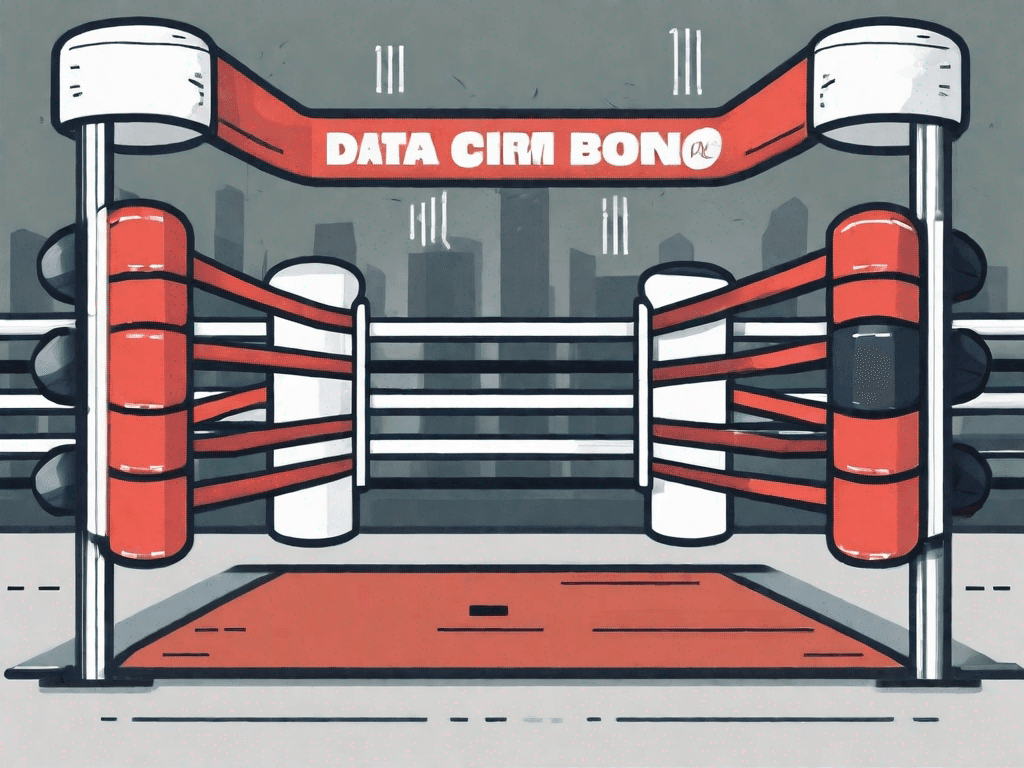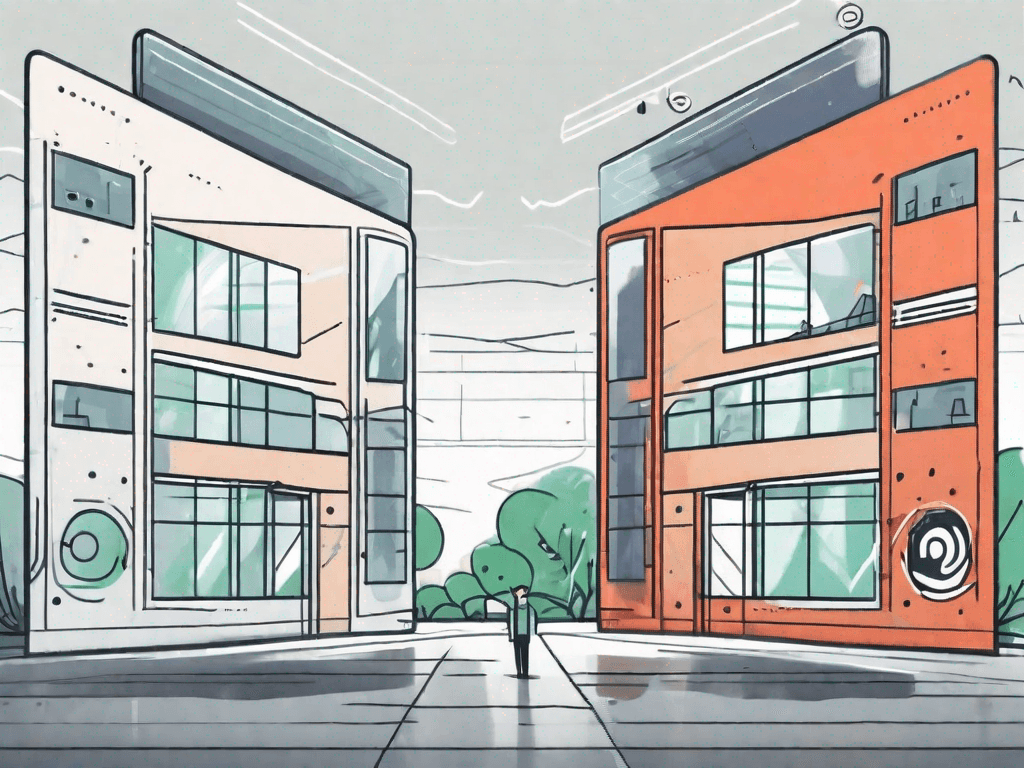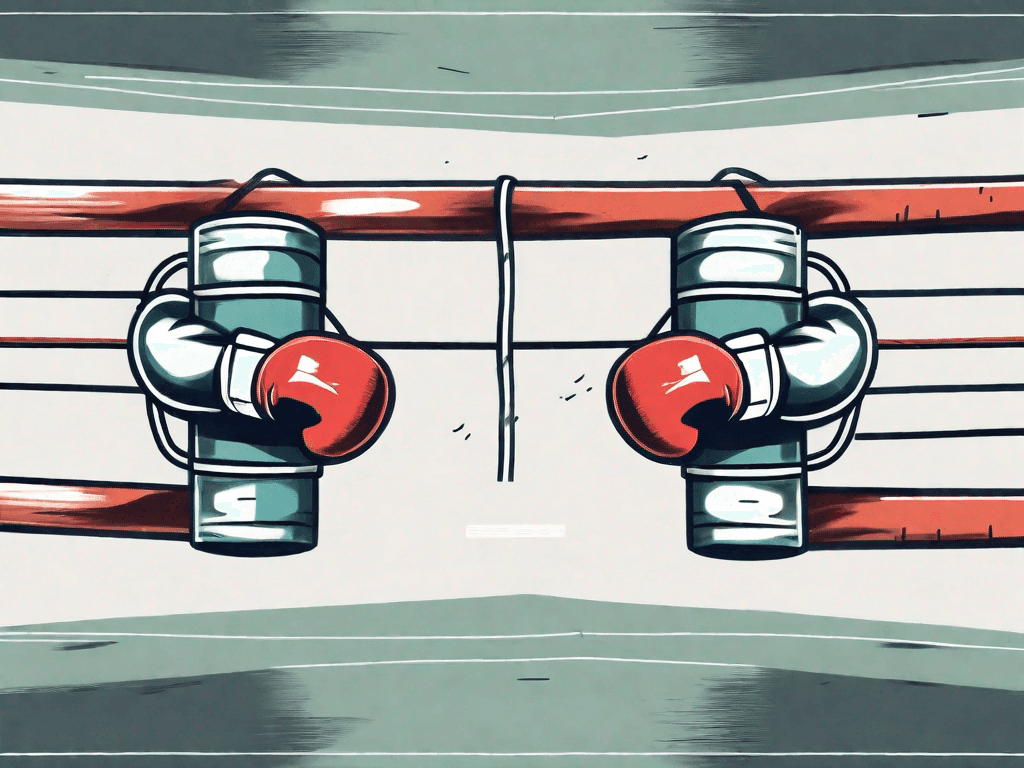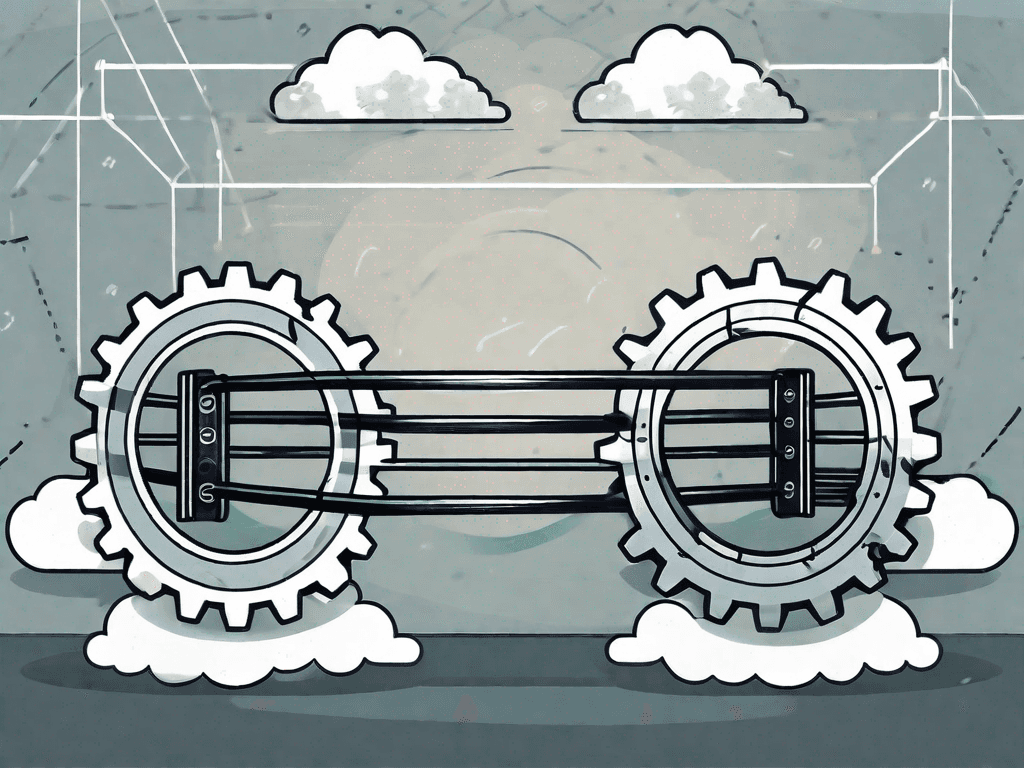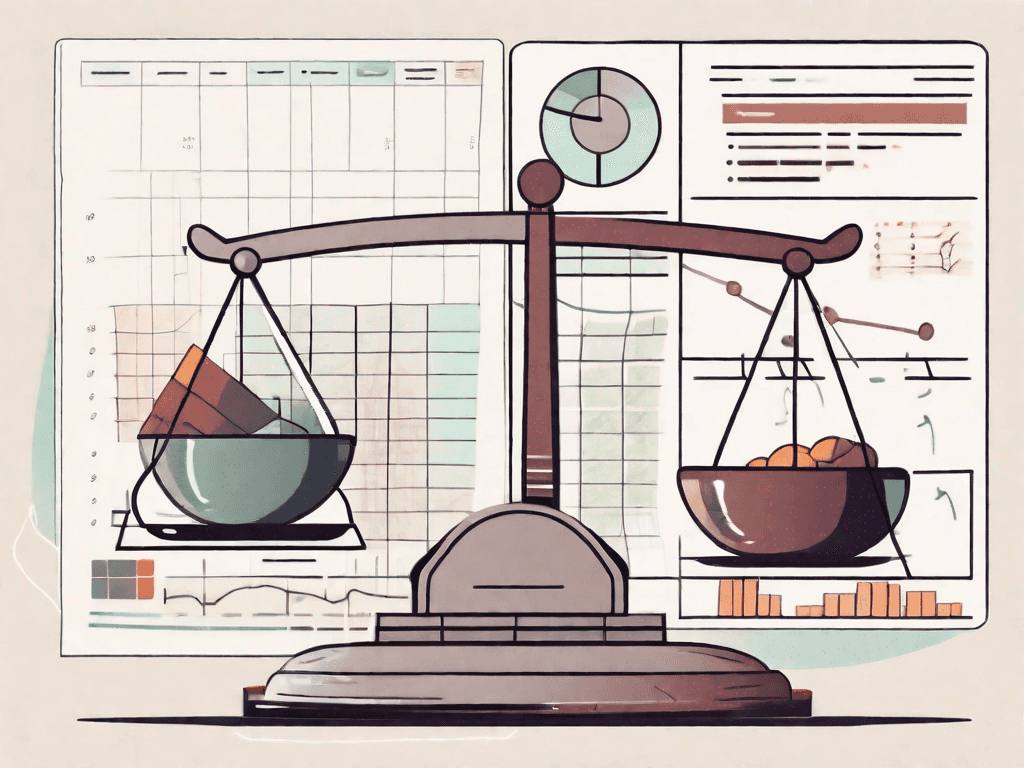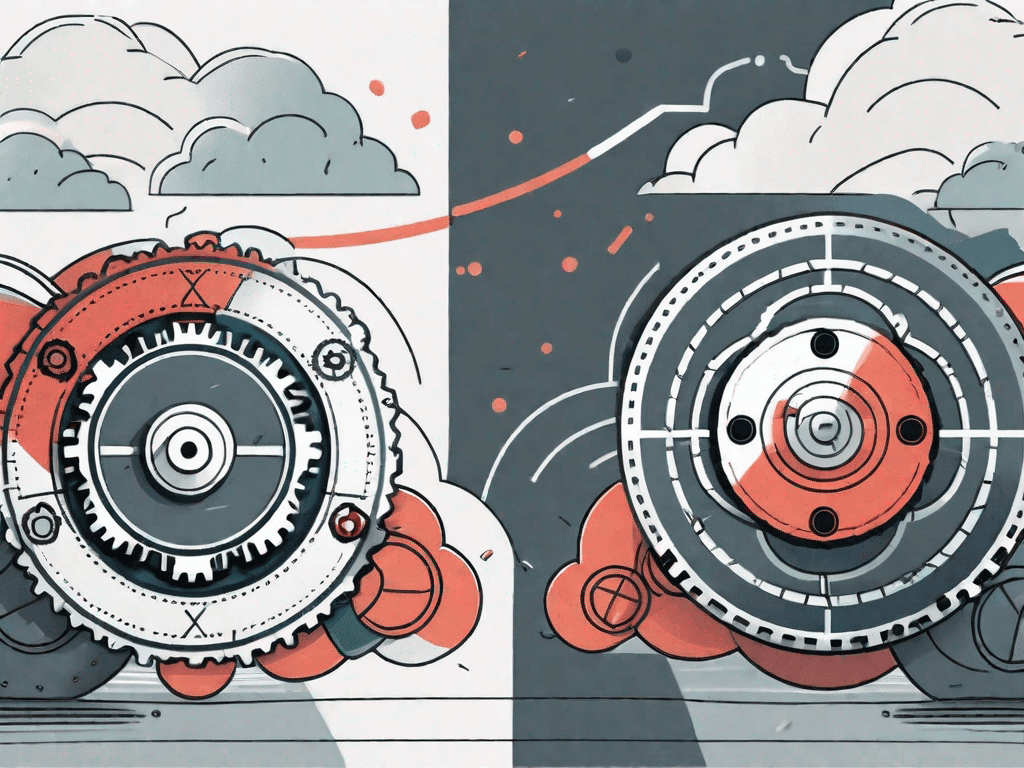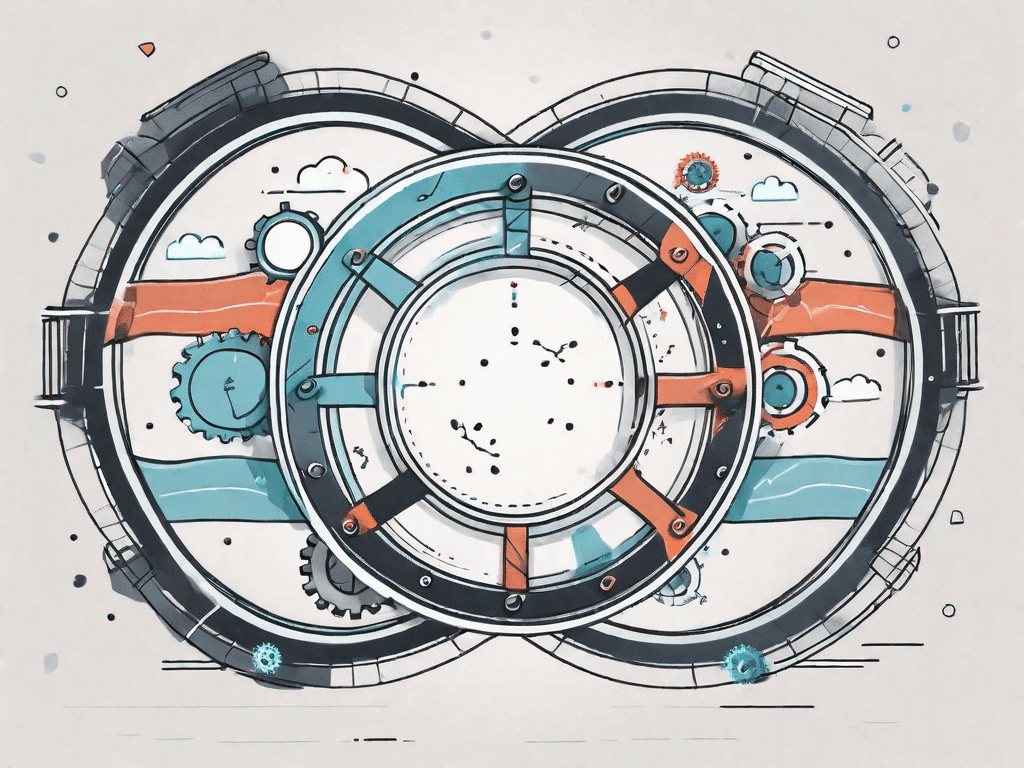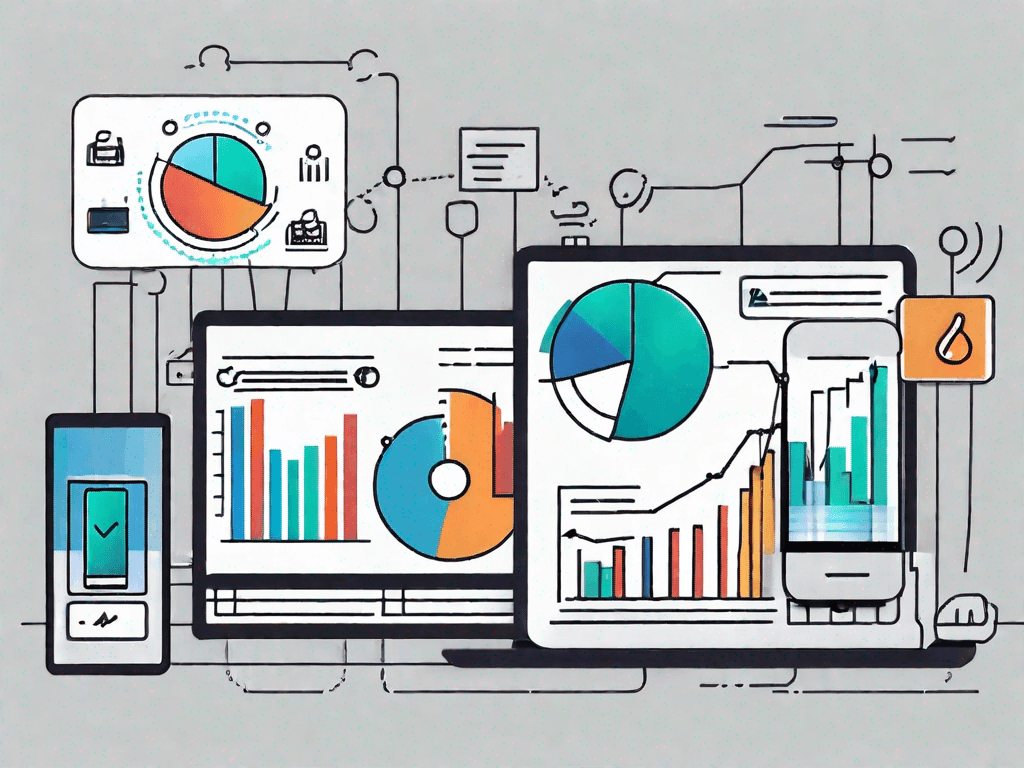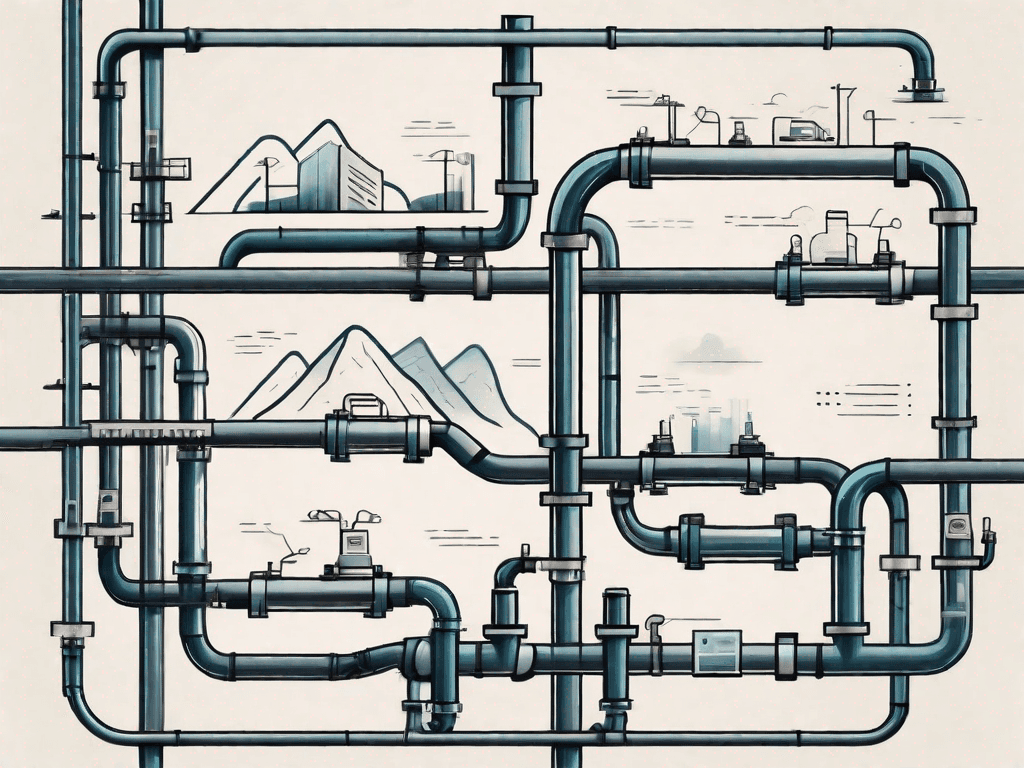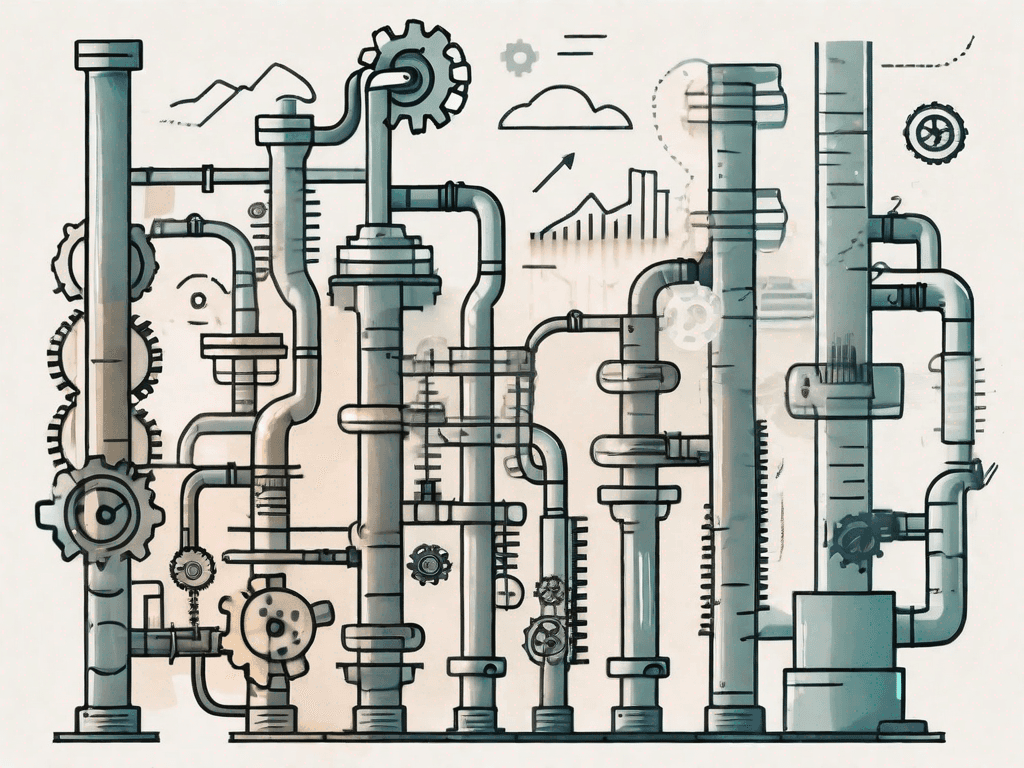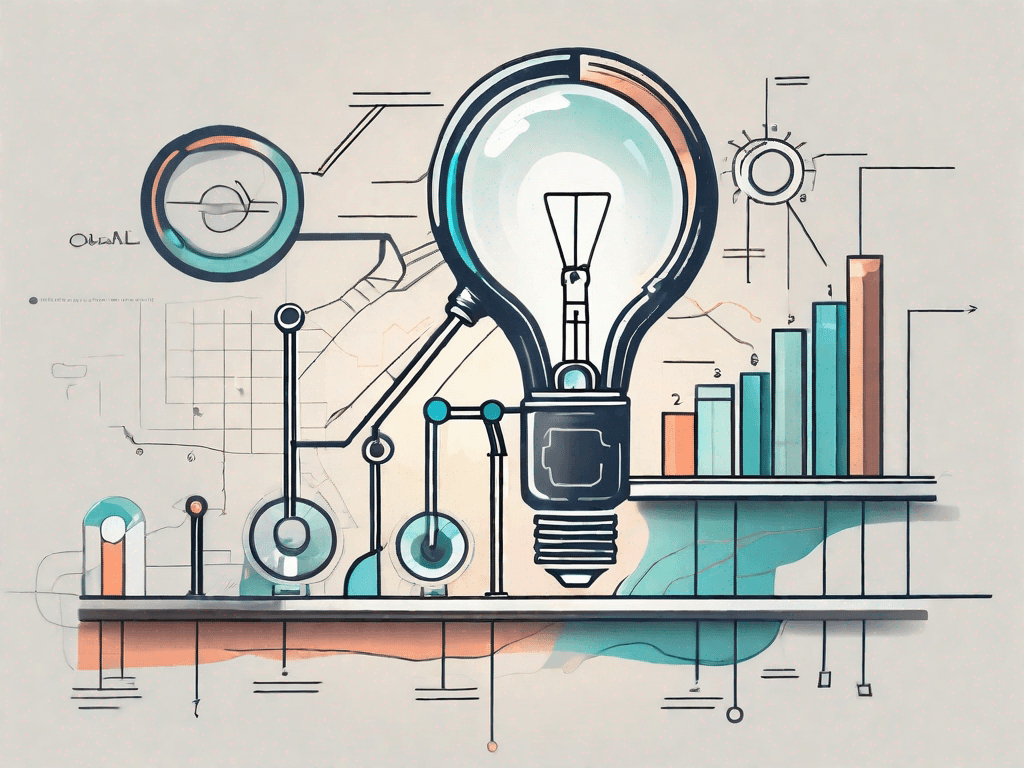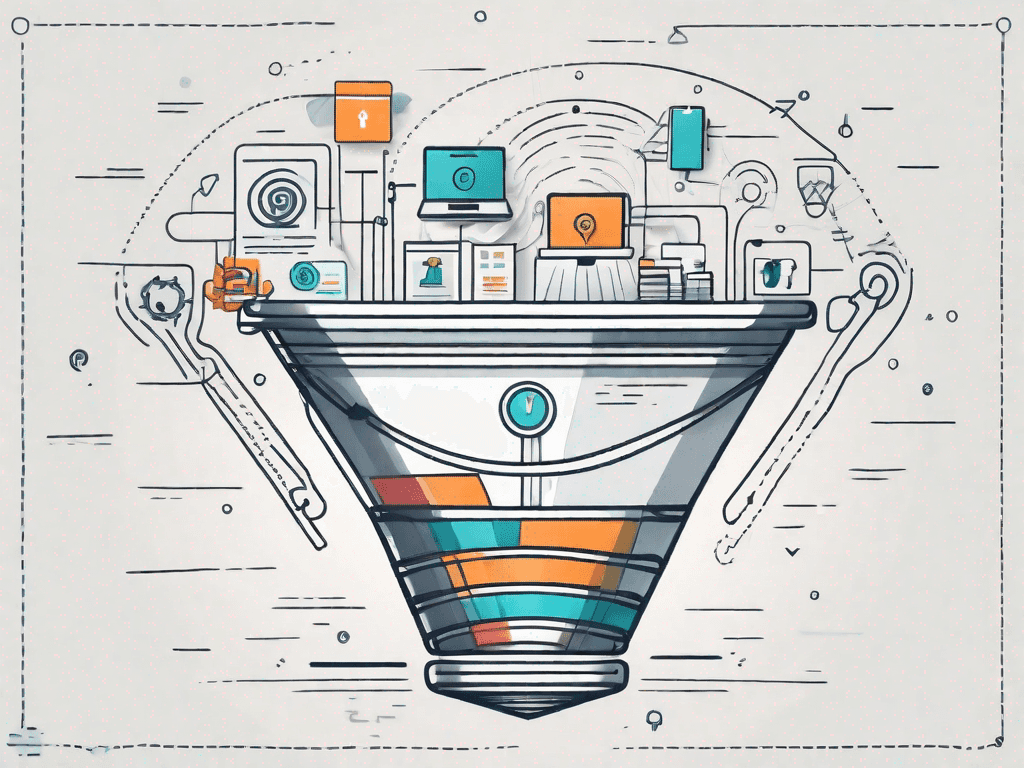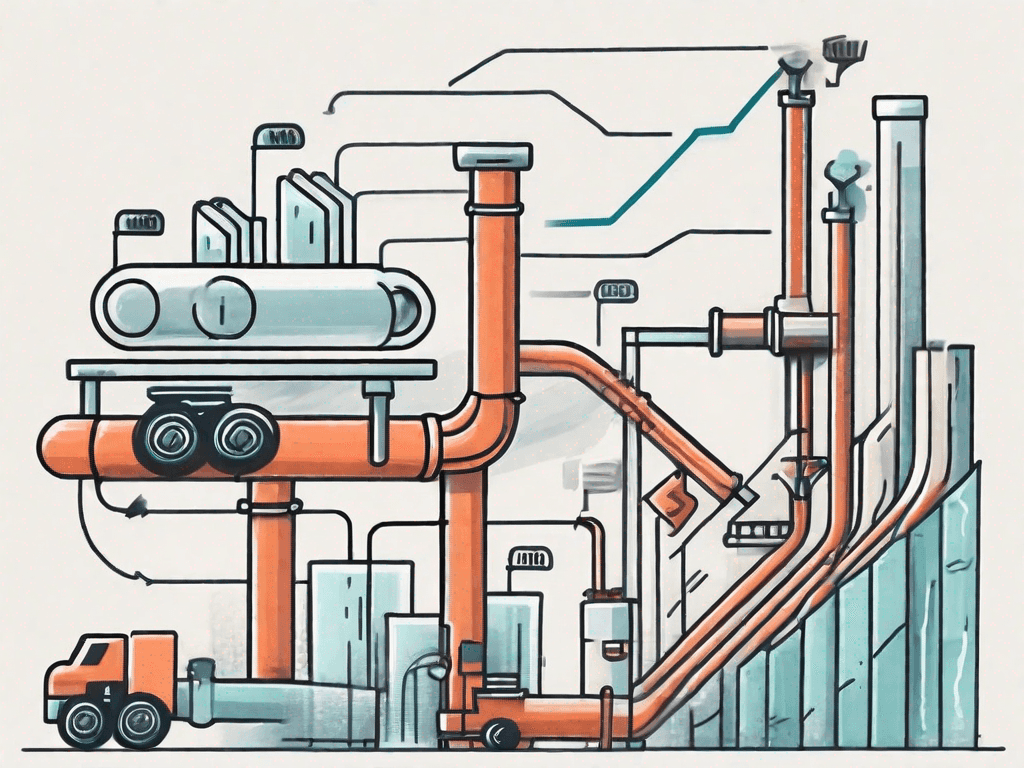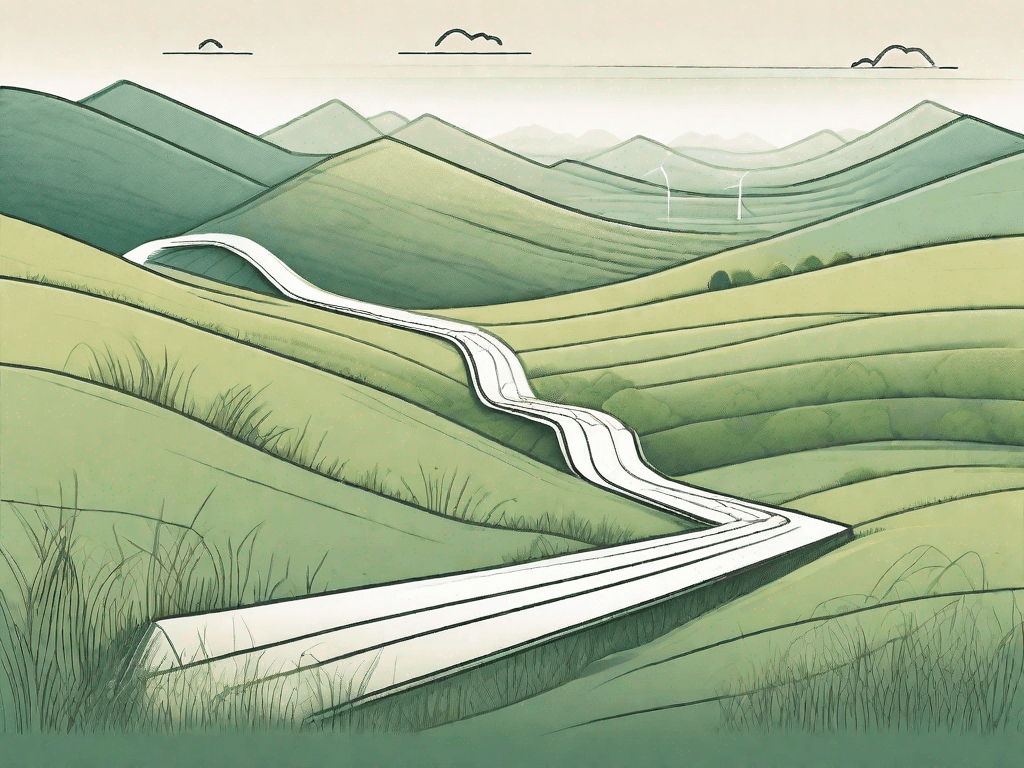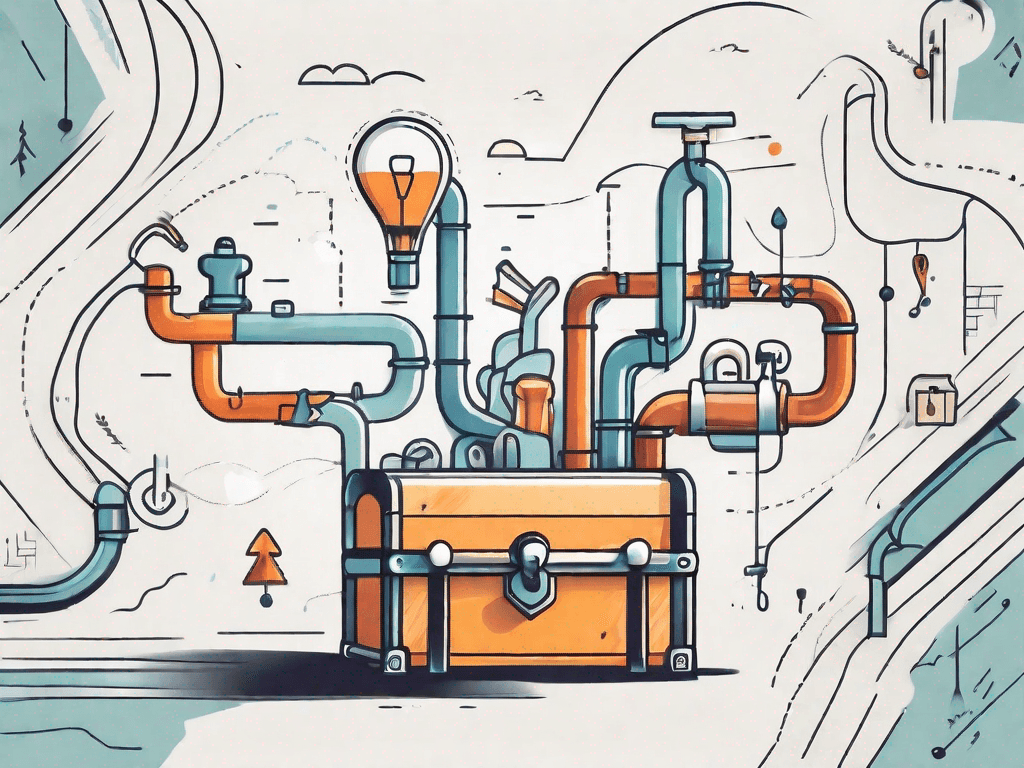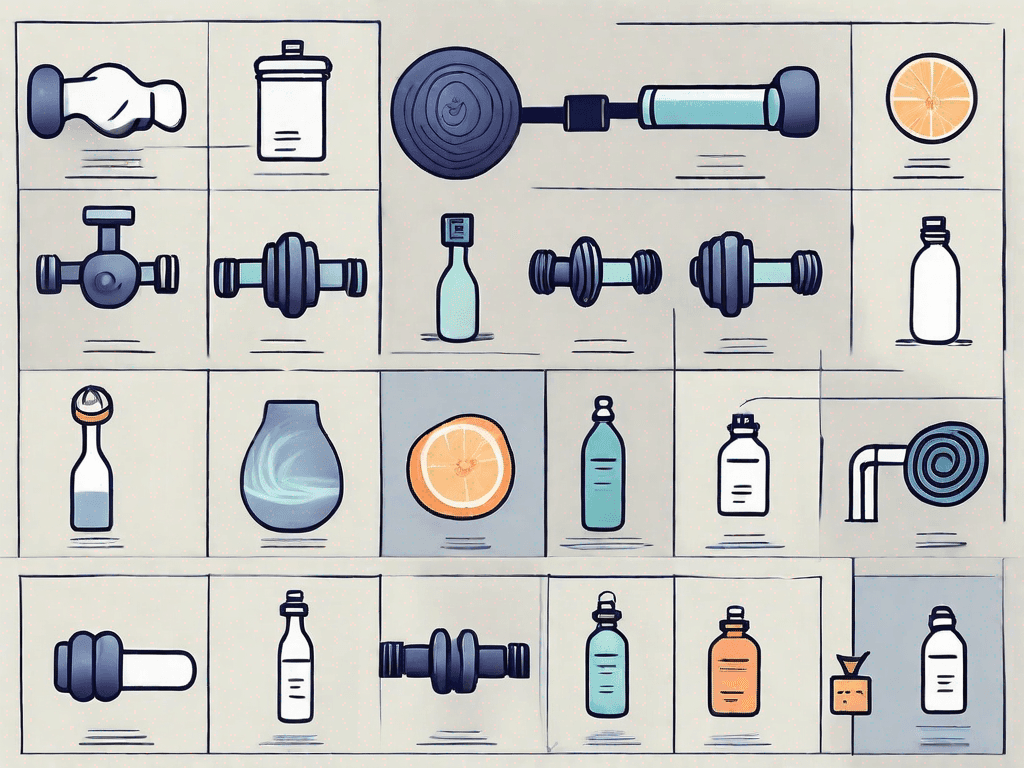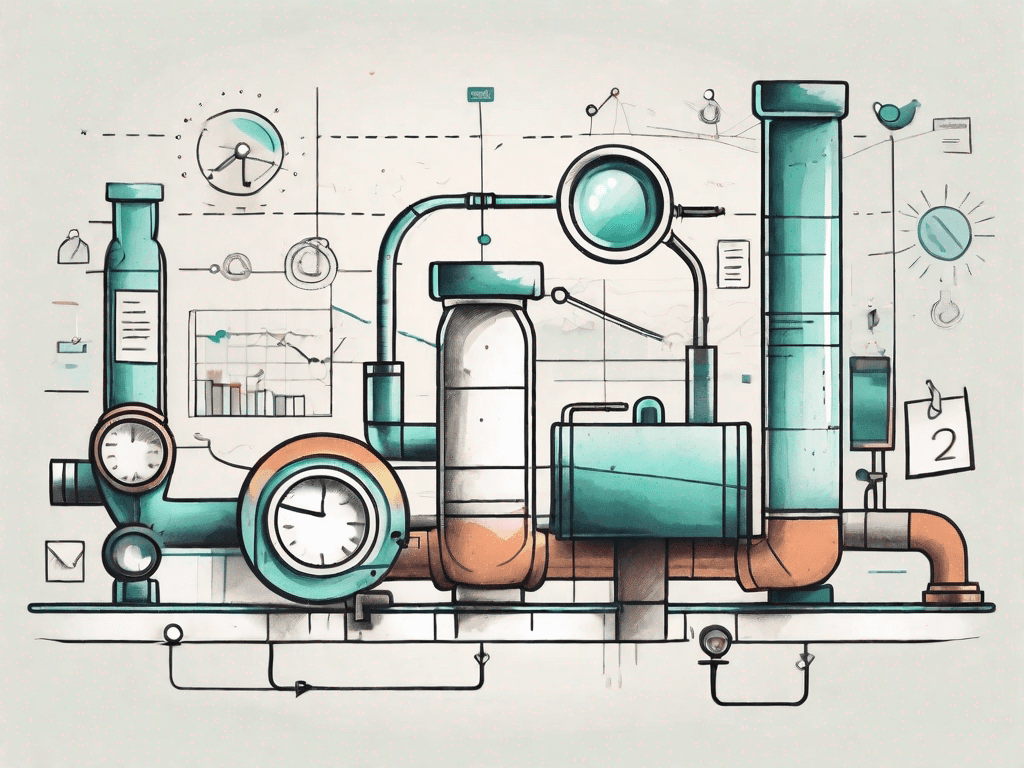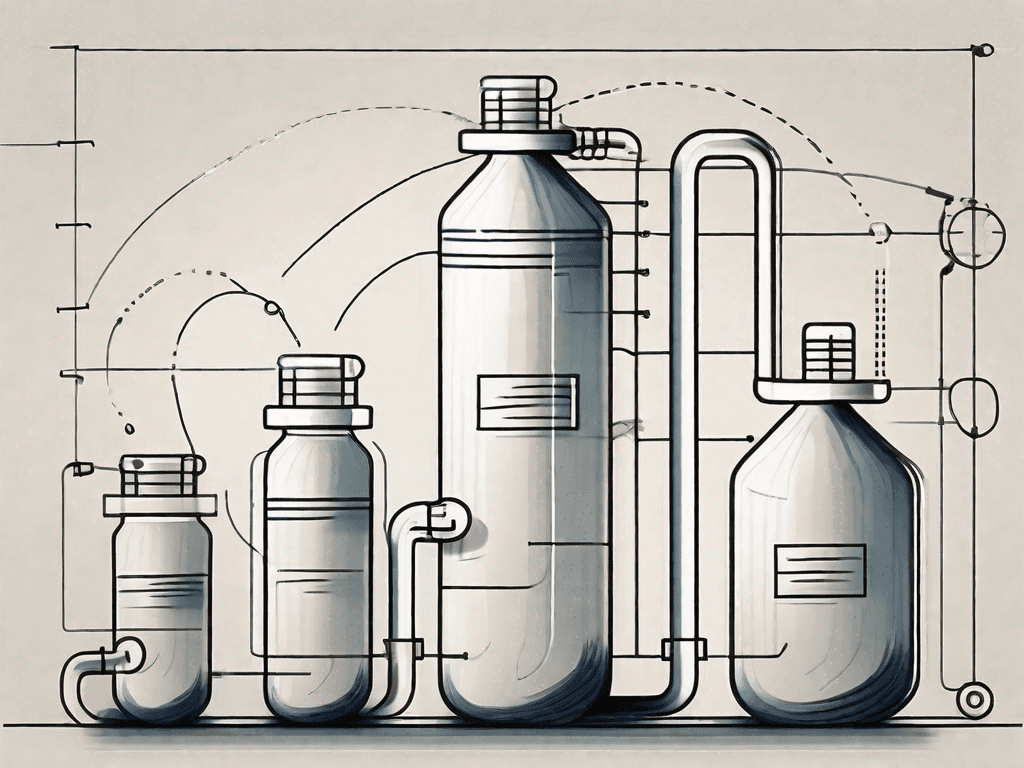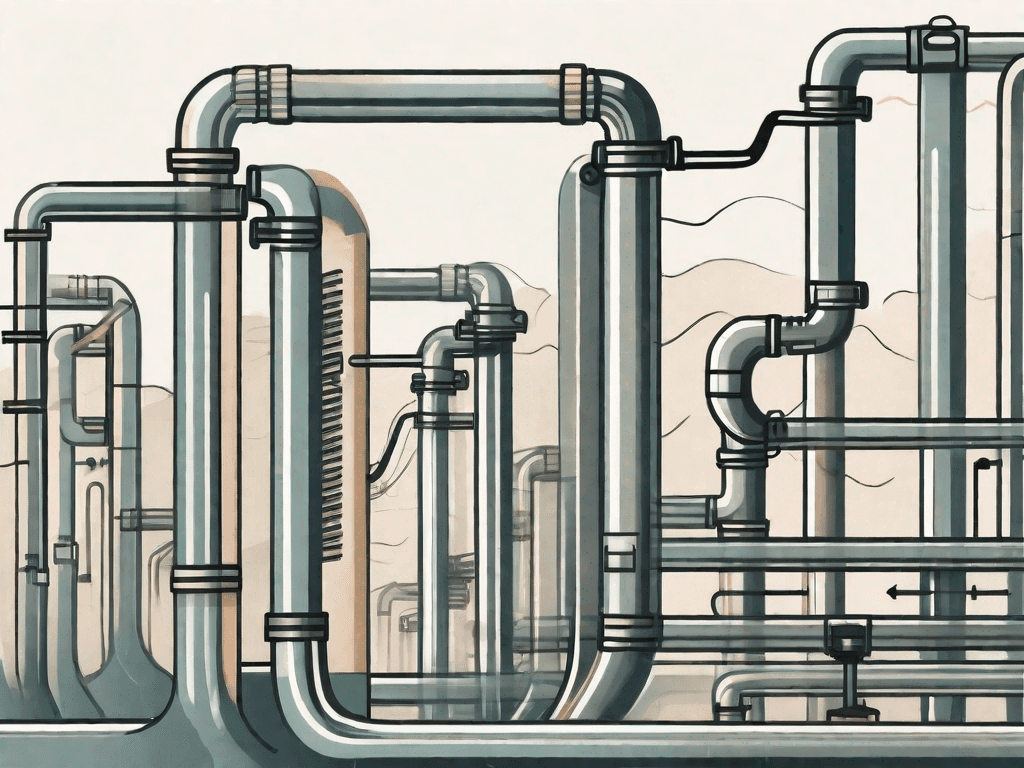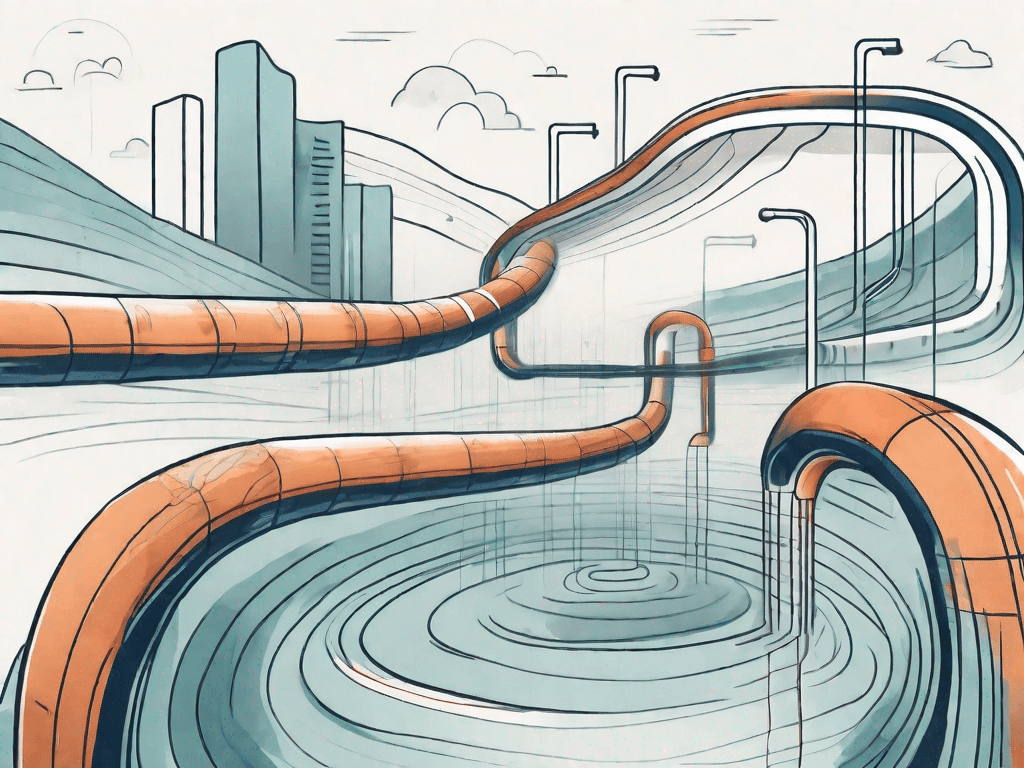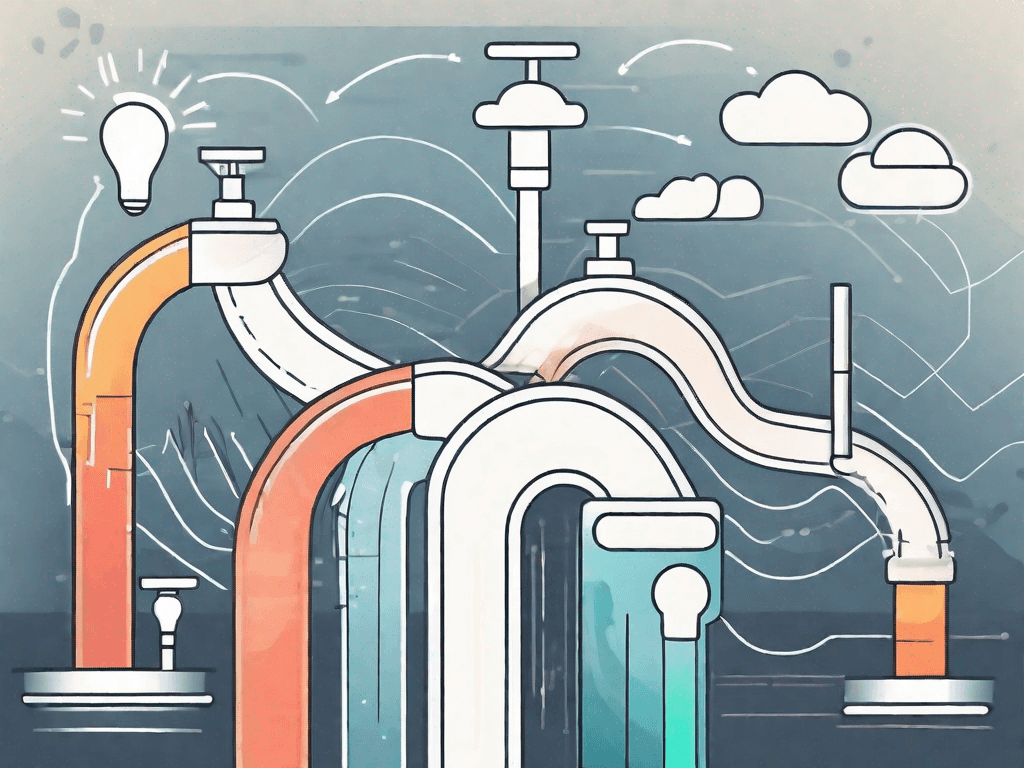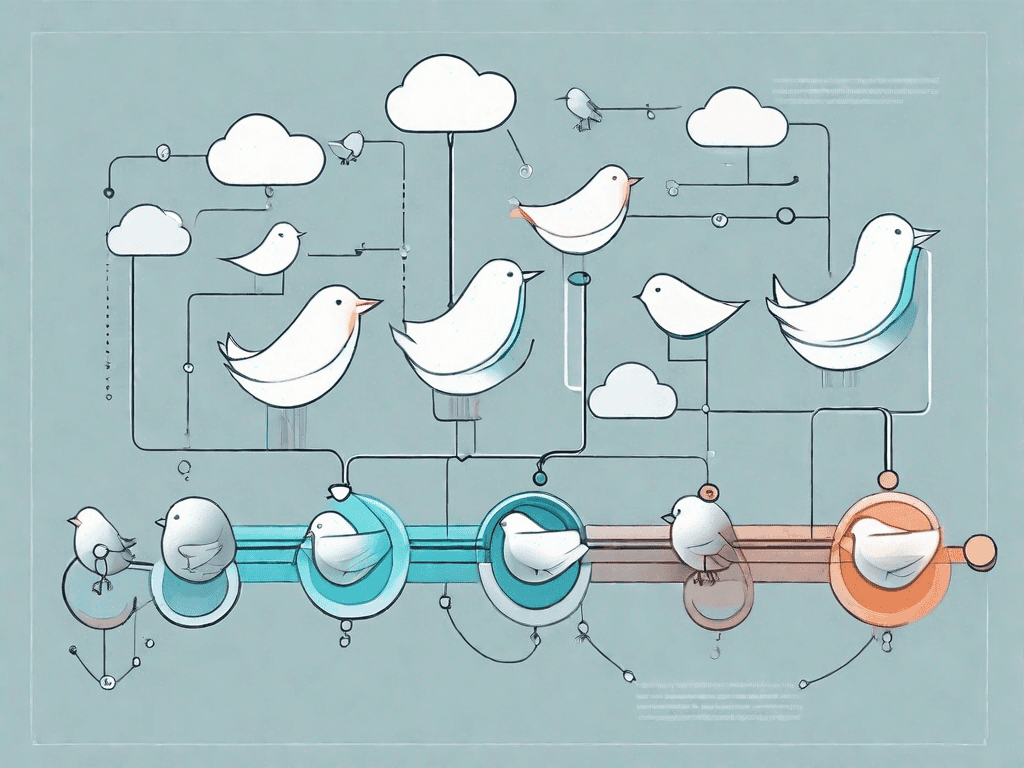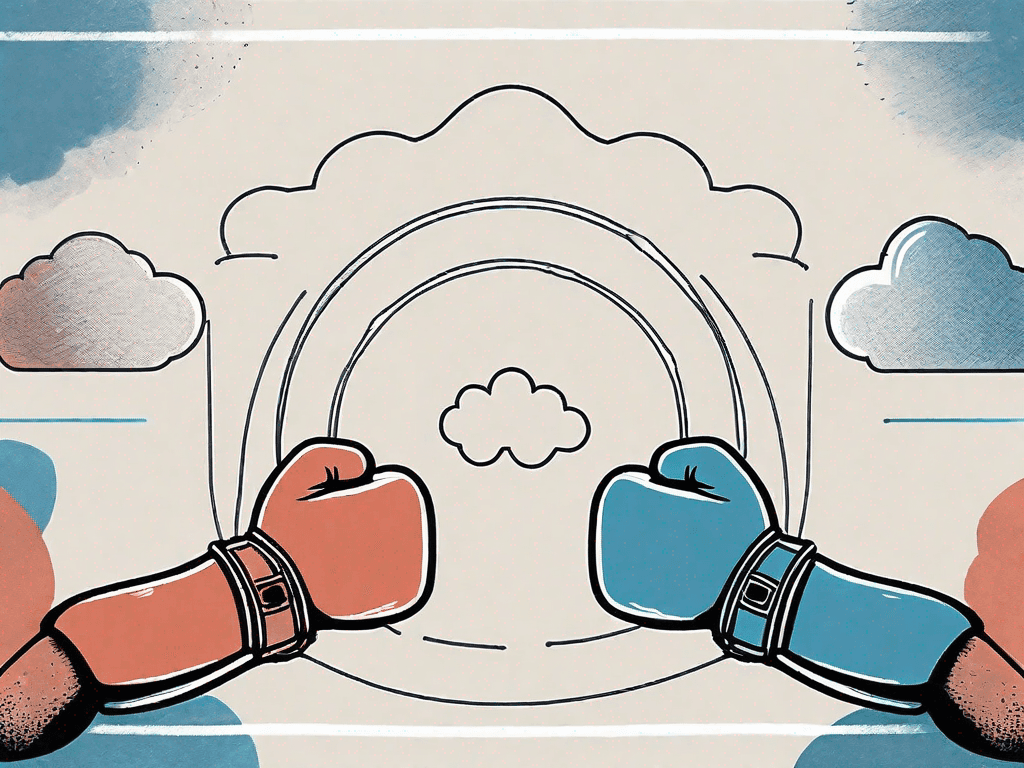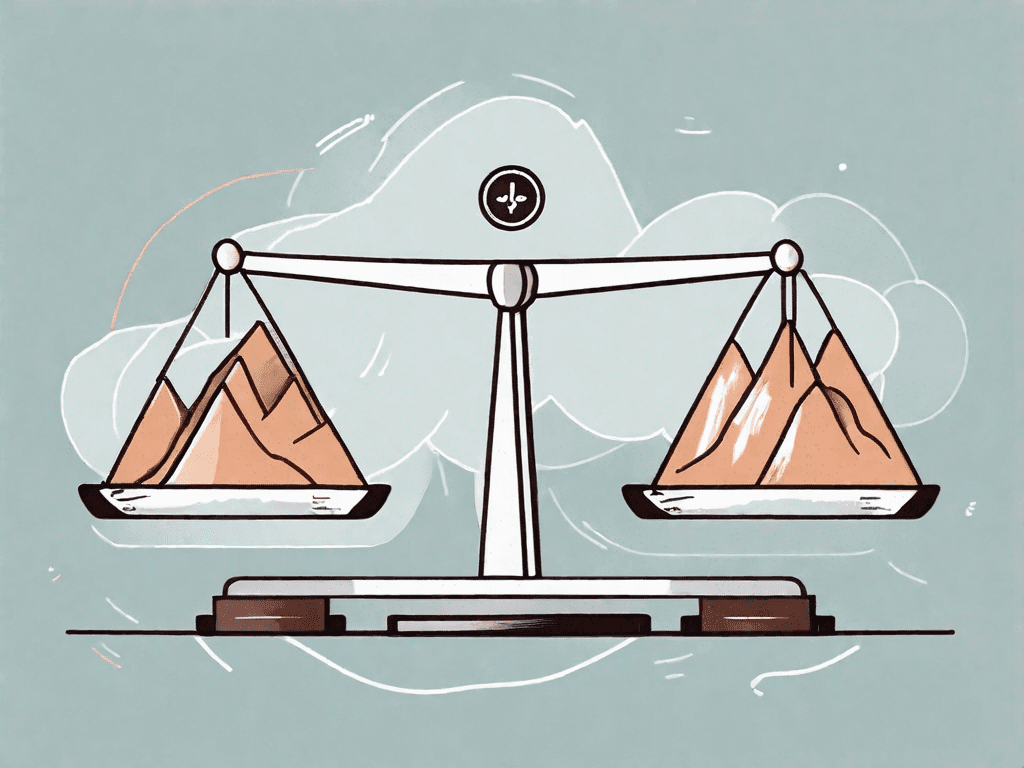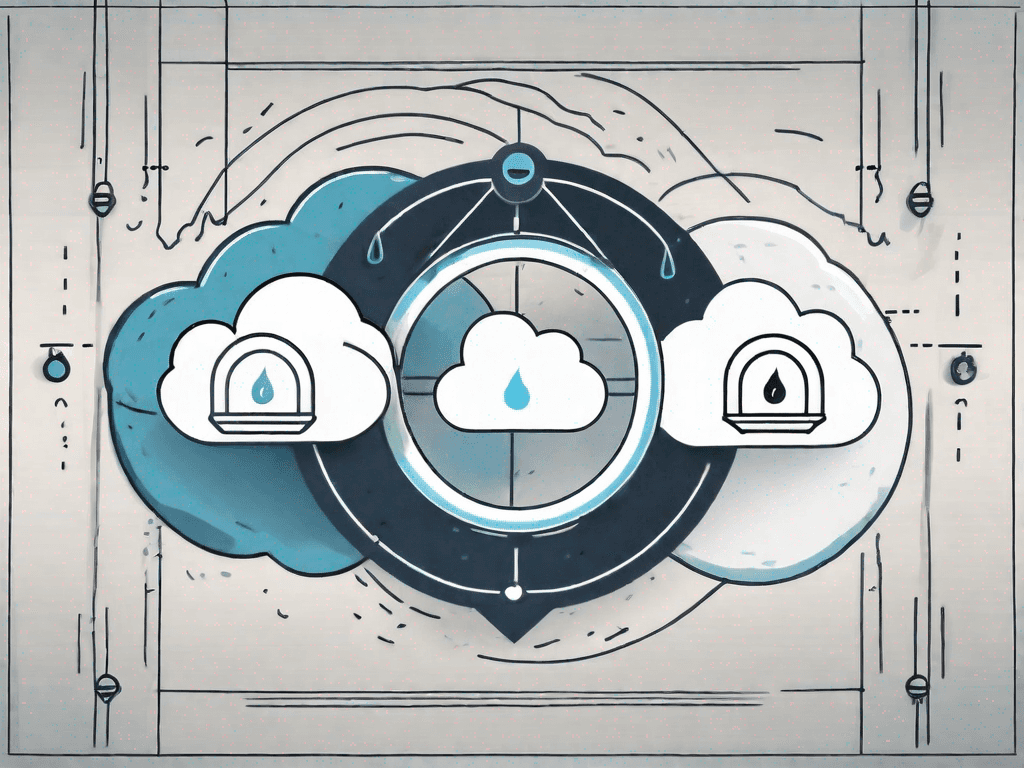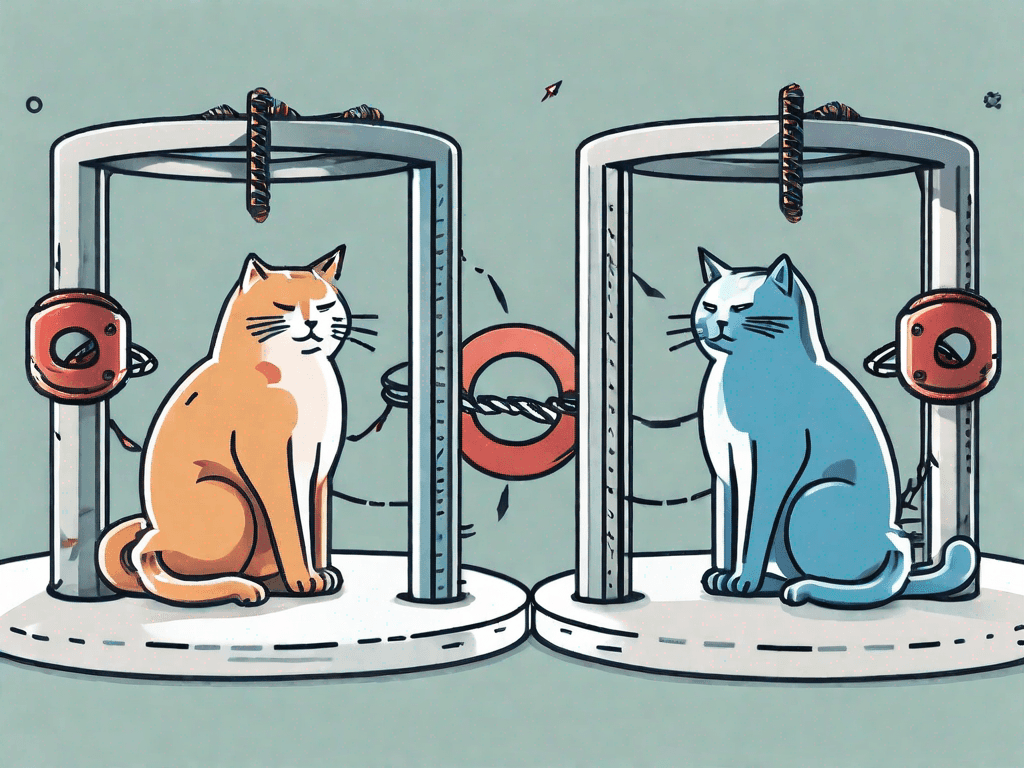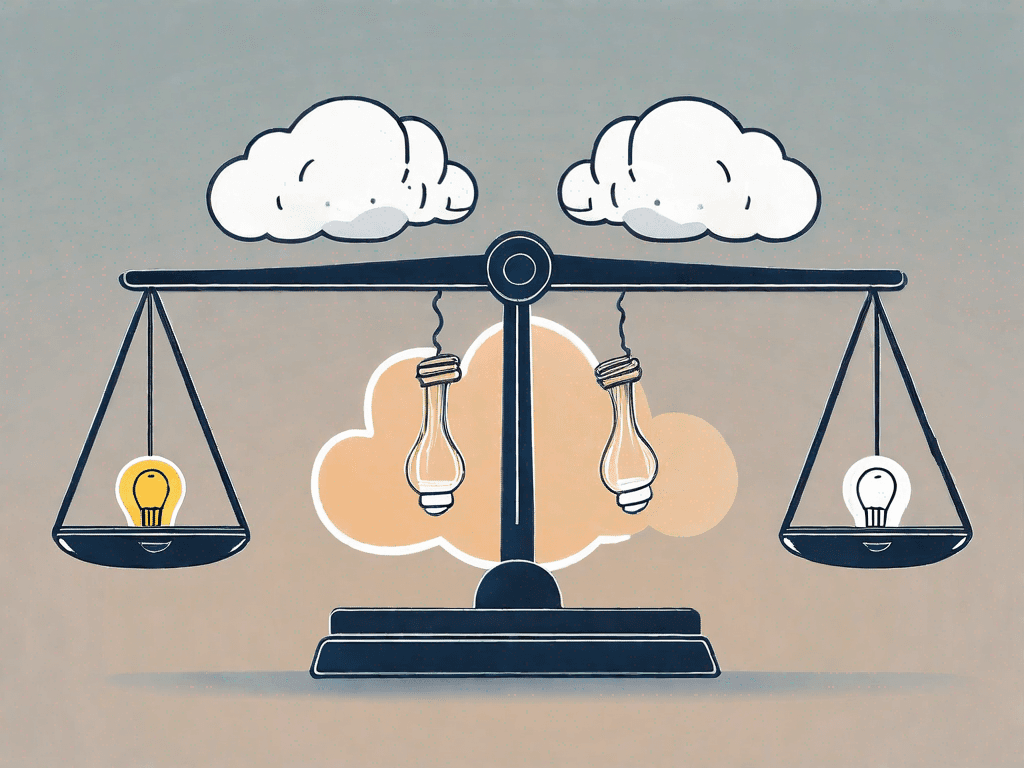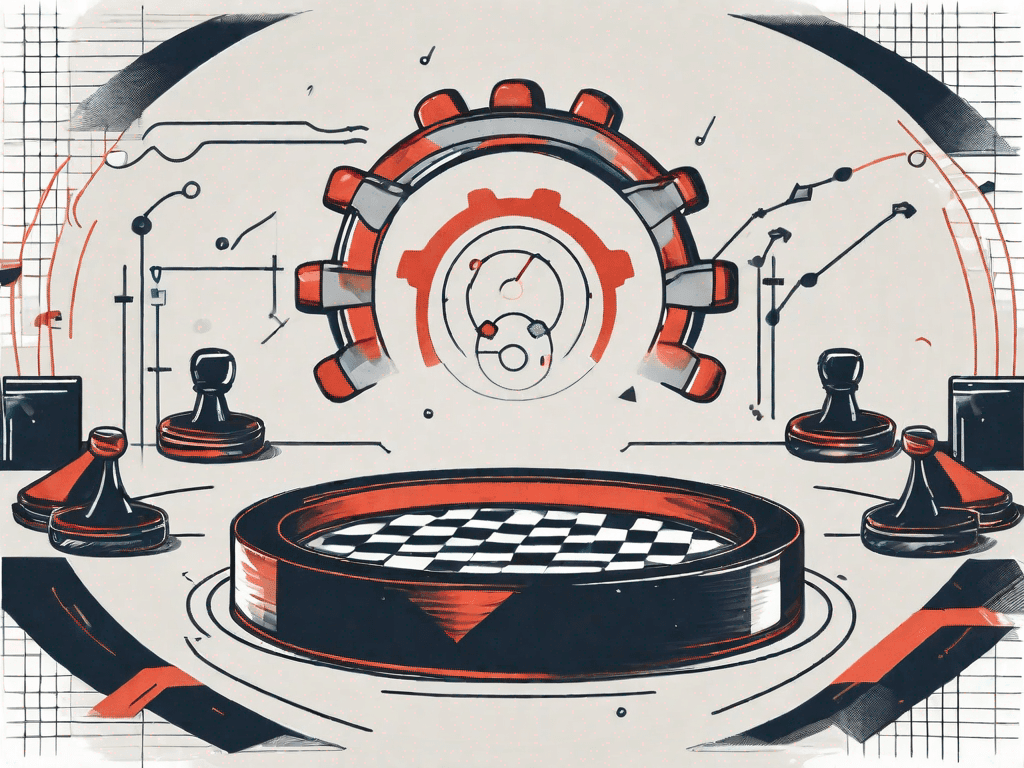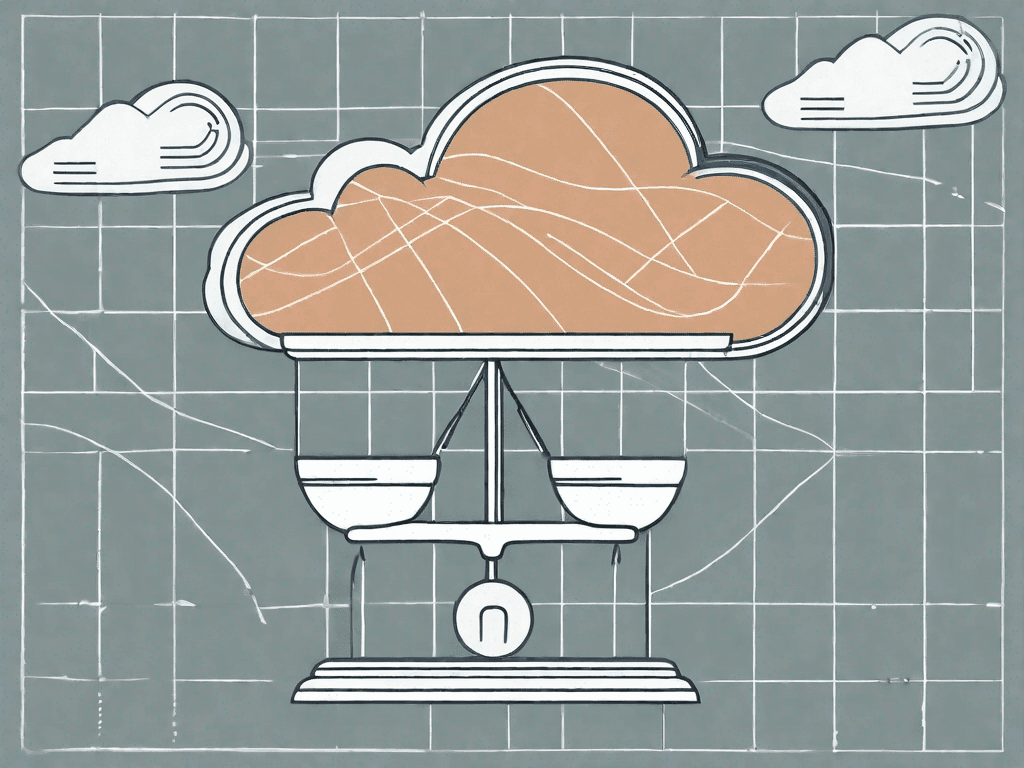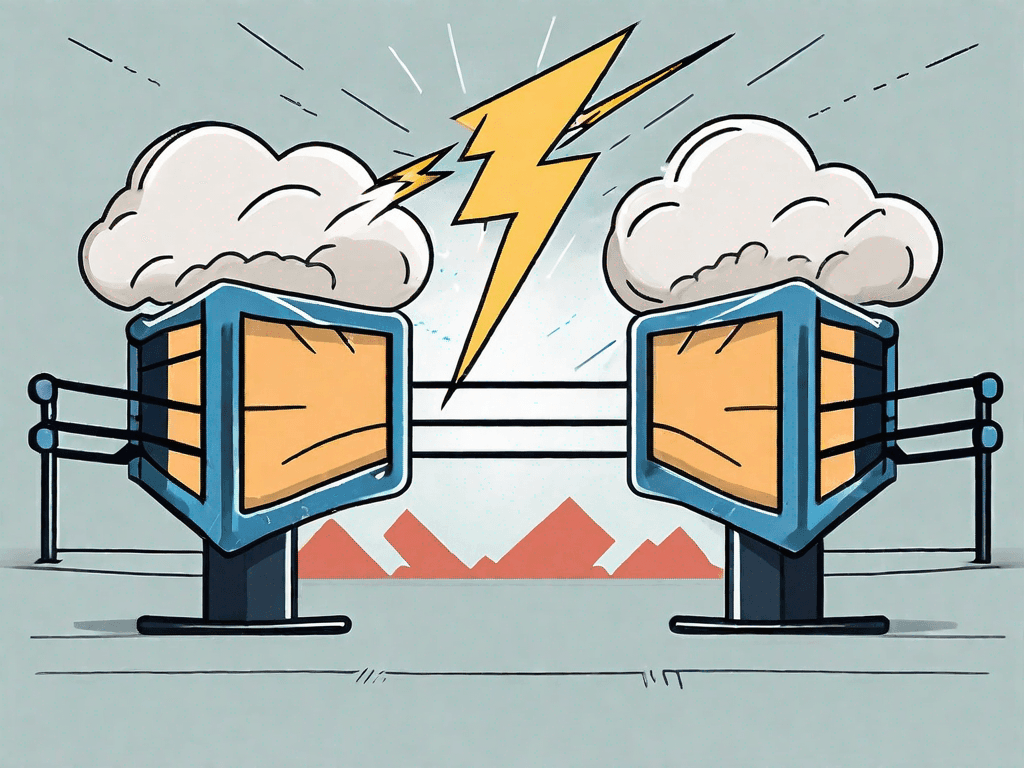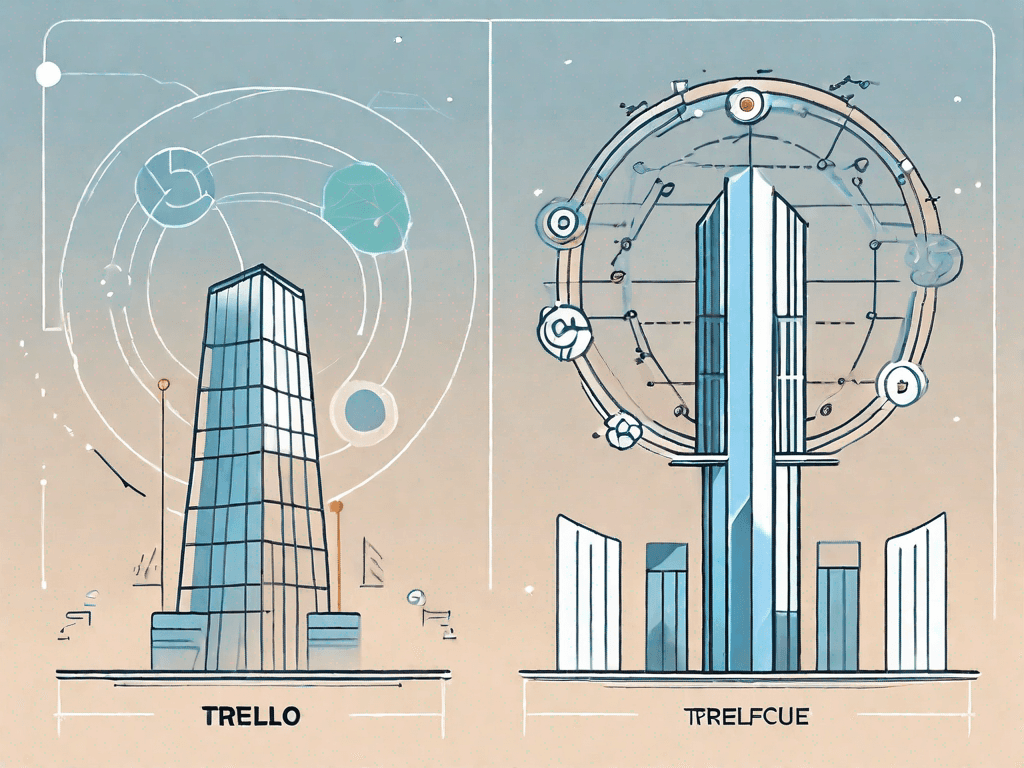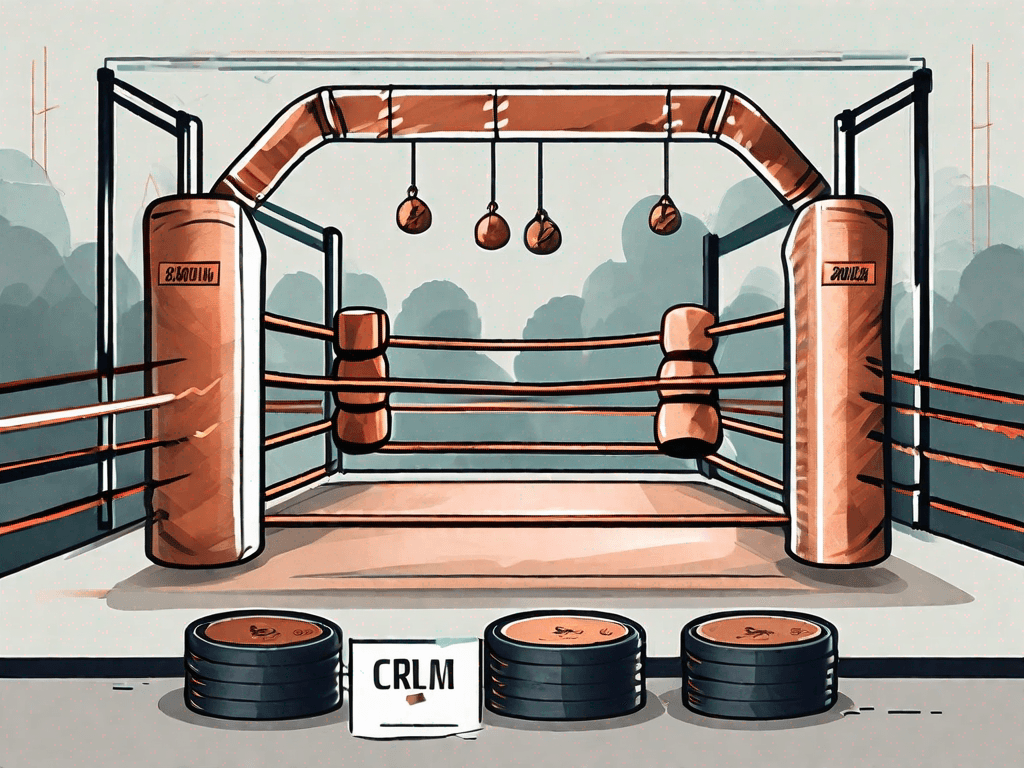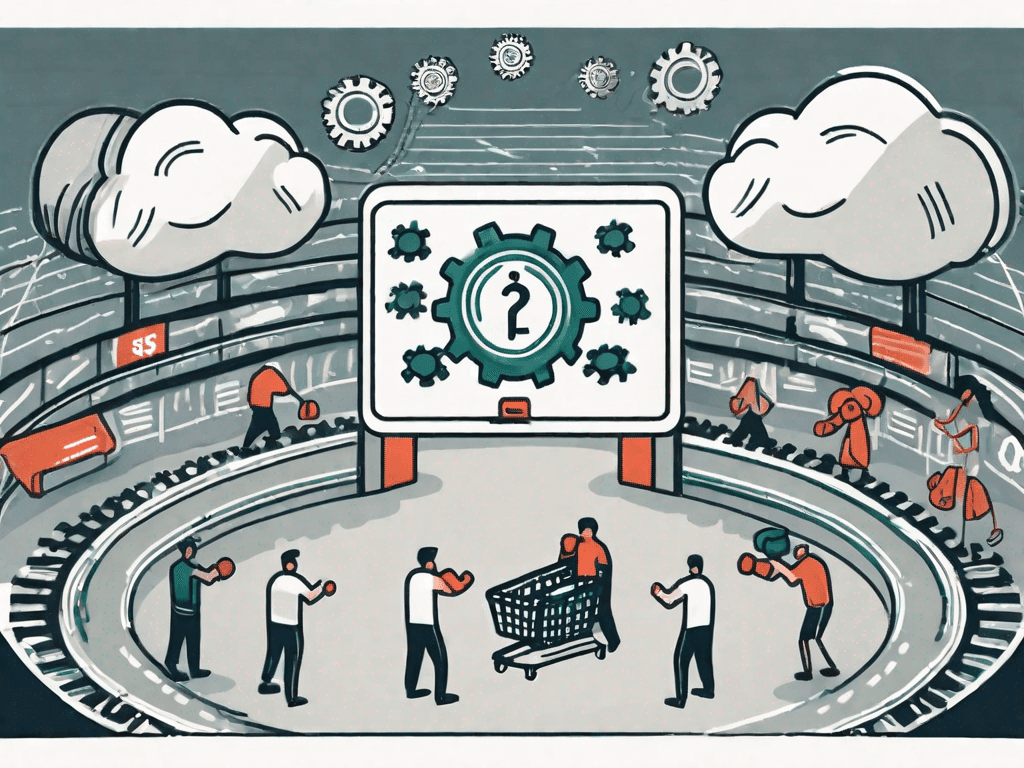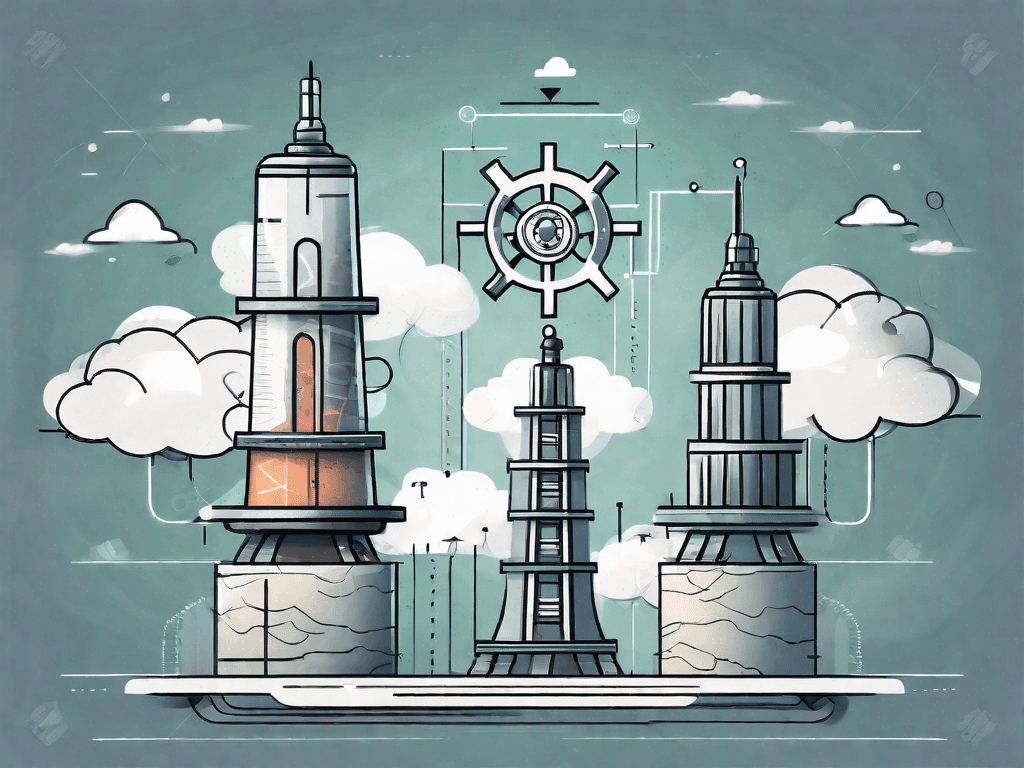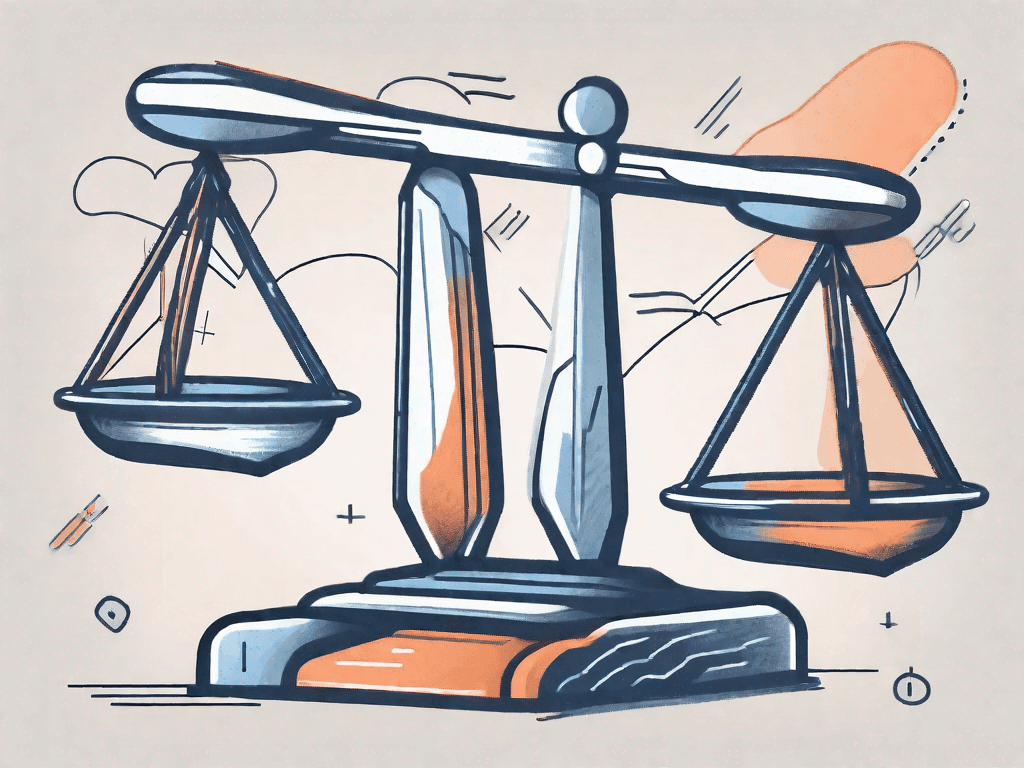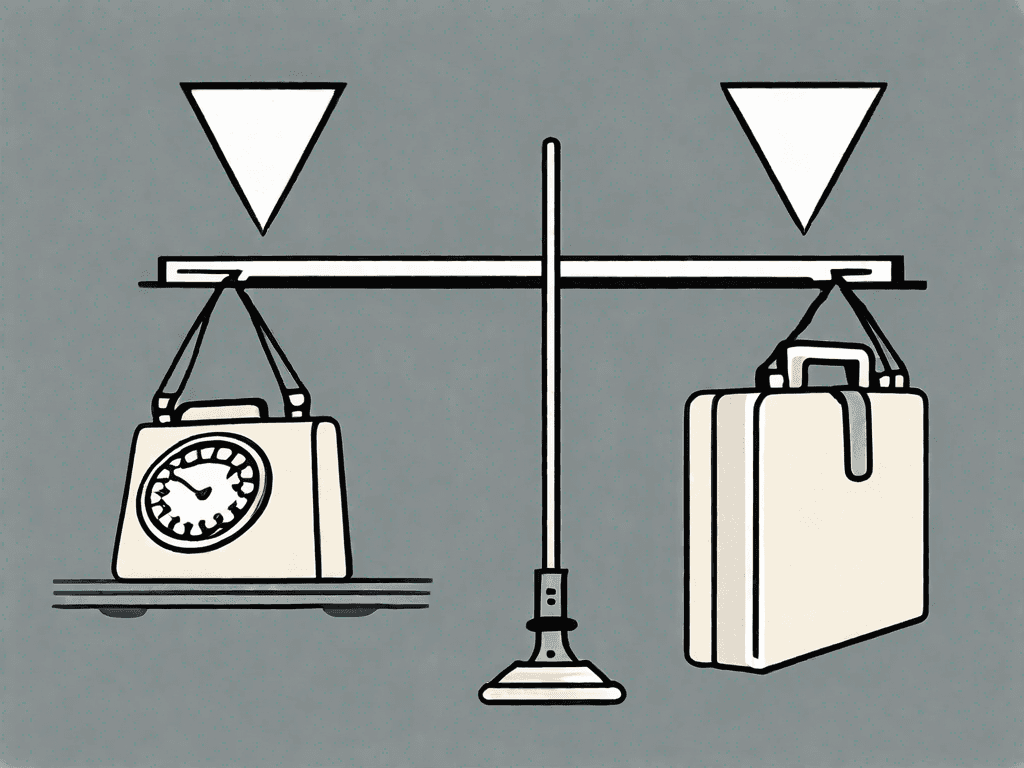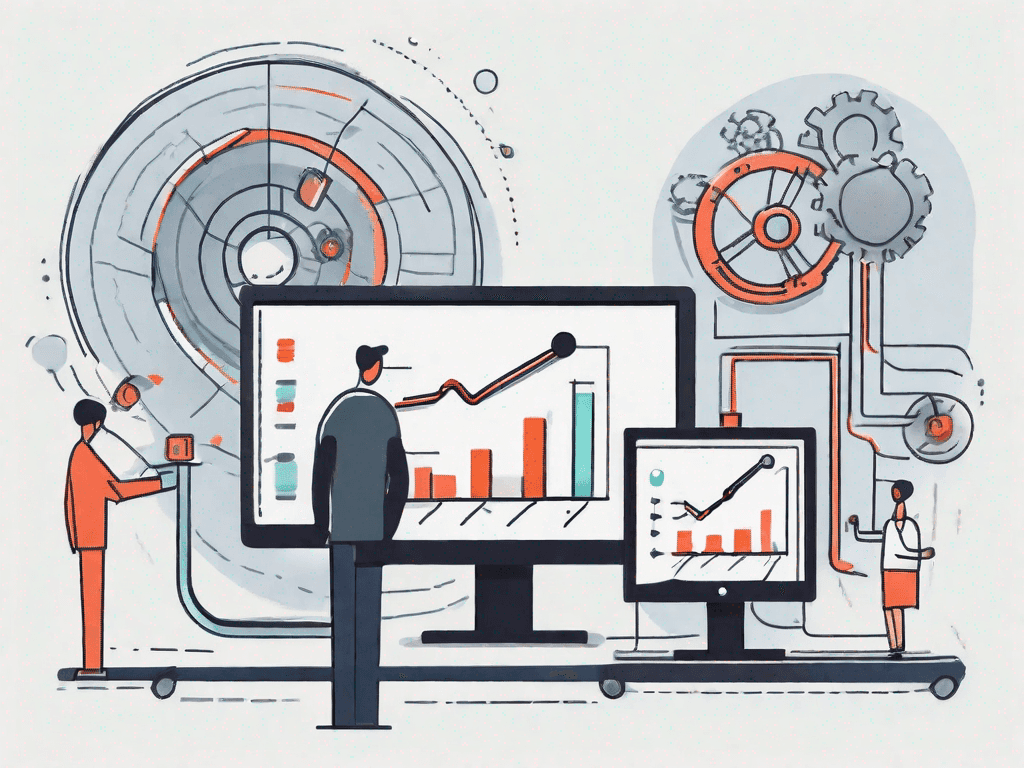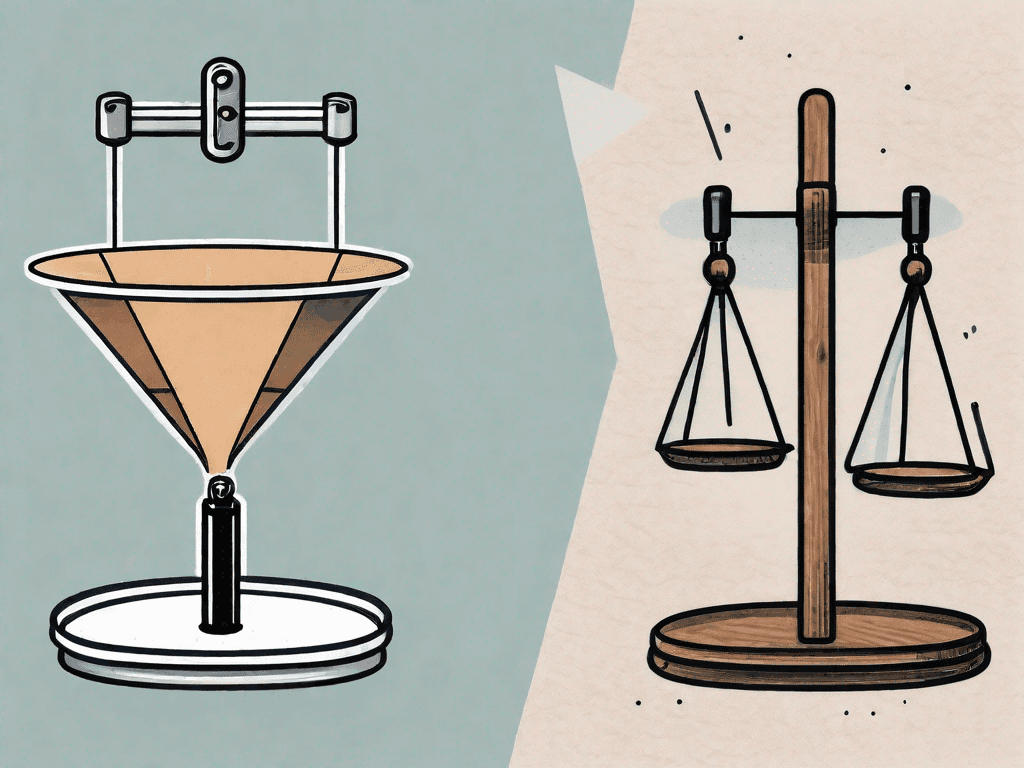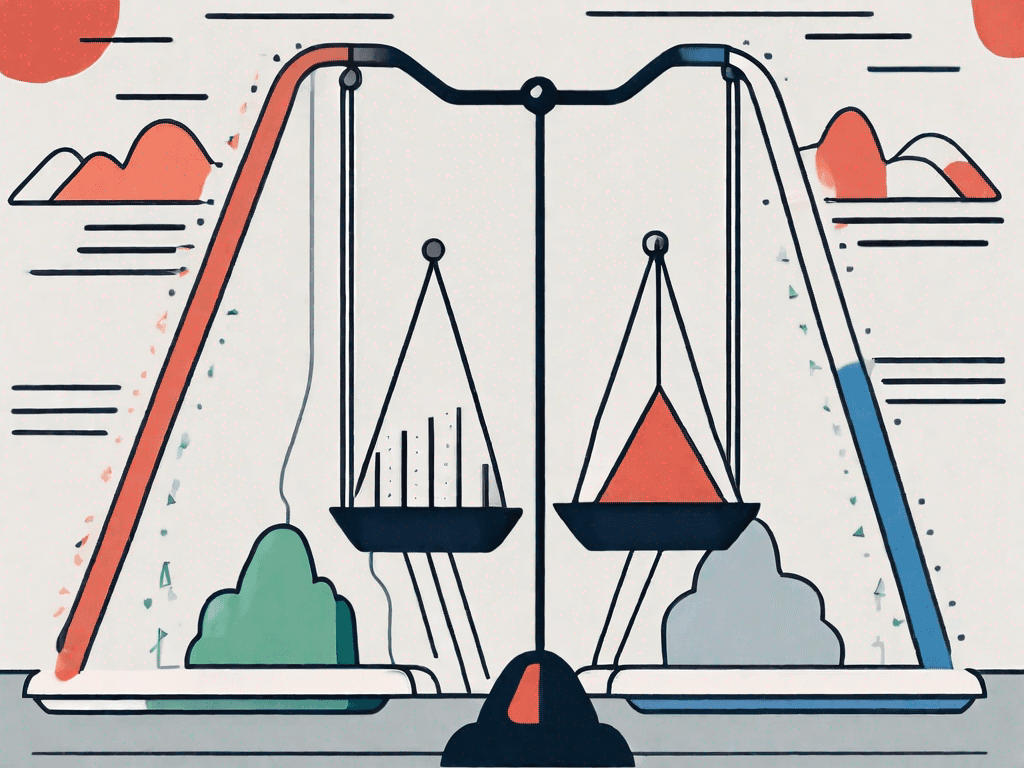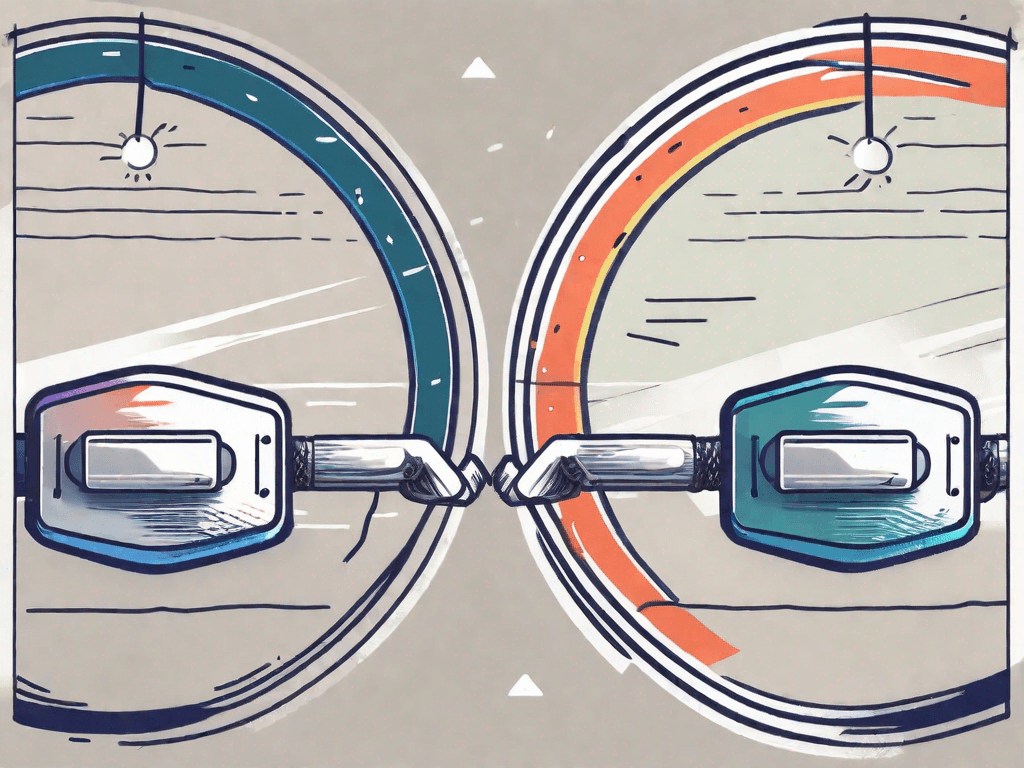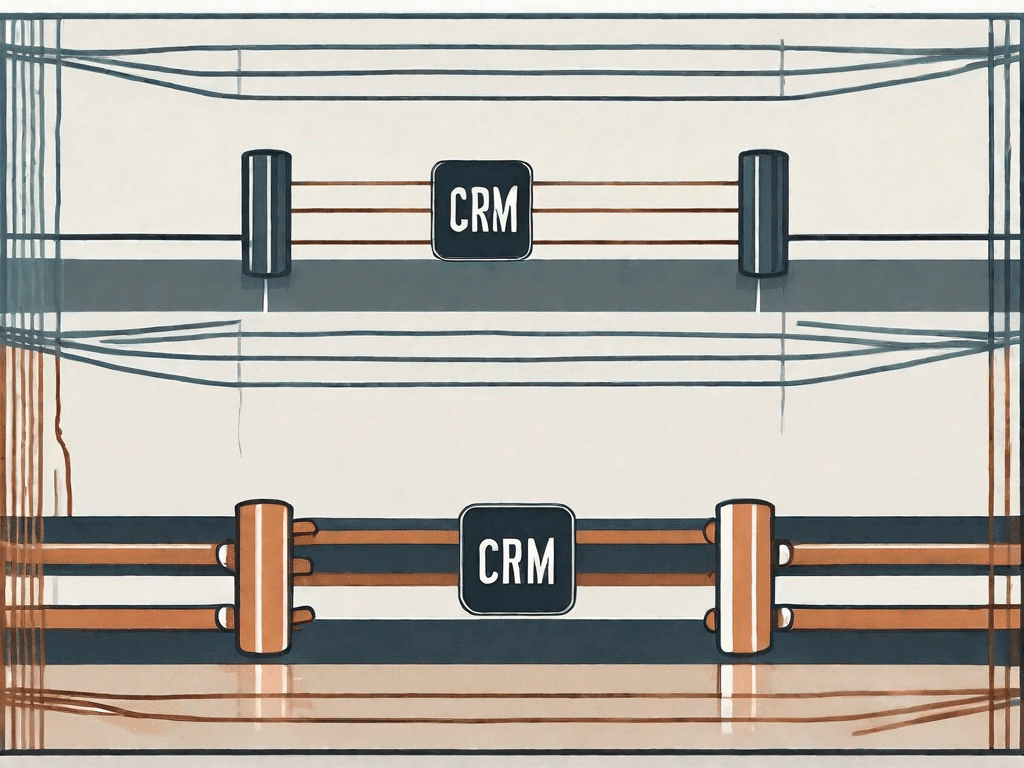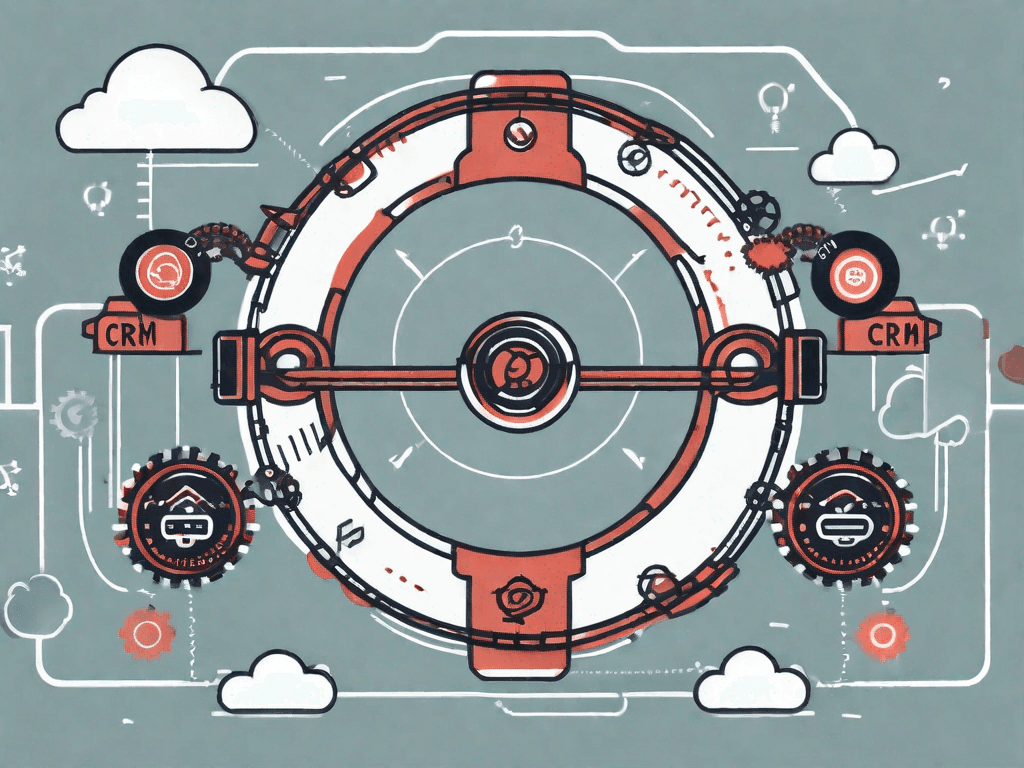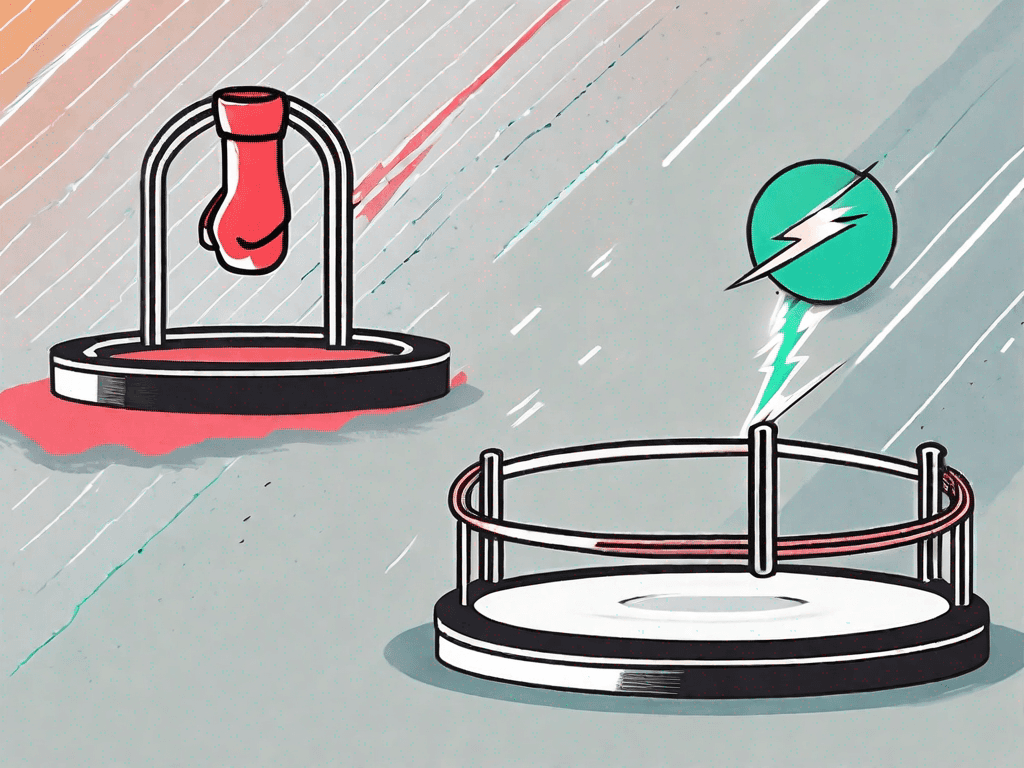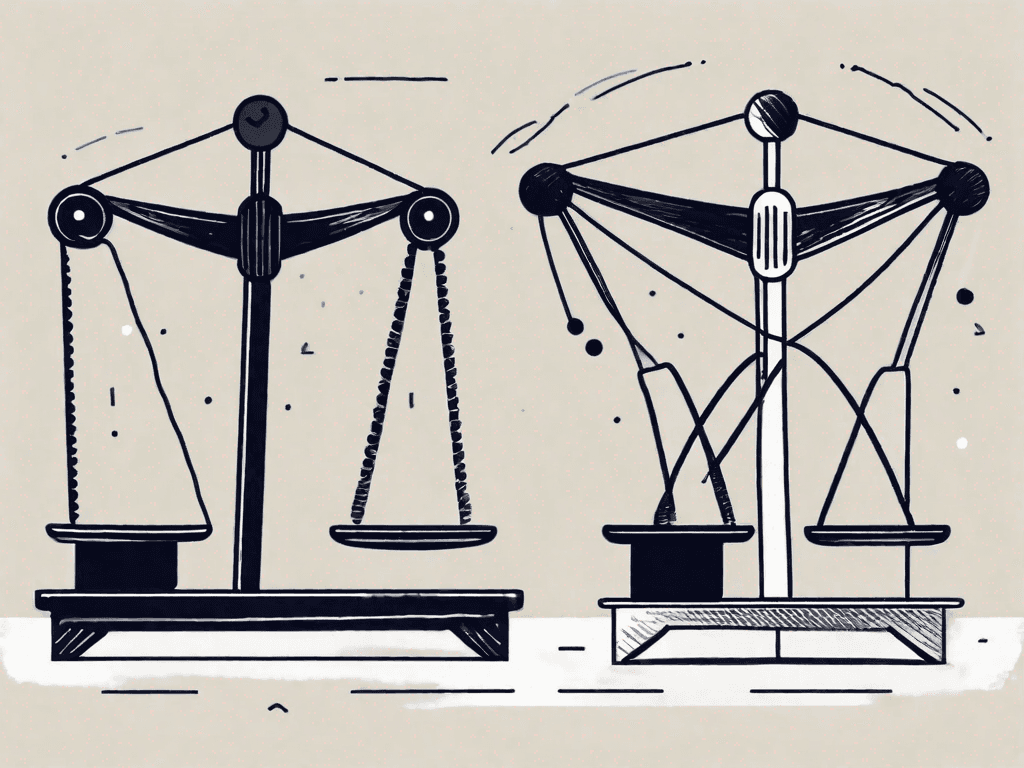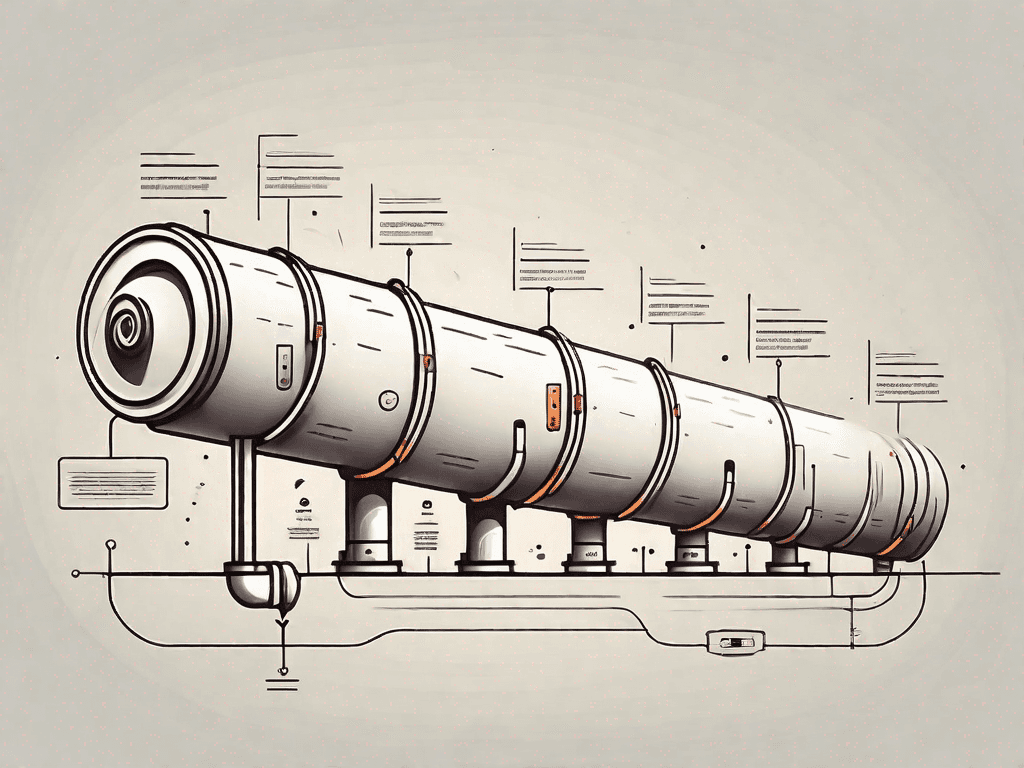
The Ideal Sales Pipeline Template for Lead Generation
Are you struggling to generate high-quality leads for your business? If so, implementing an effective sales pipeline template can be a game-changer. A well-defined sales pipeline allows you to systematically guide your leads through each stage of the customer journey, increasing the chances of conversion and maximizing revenue
The 7 Sales Pipeline Stages Lead Generation Should Have
In order to create the ideal sales pipeline template for lead generation, it is crucial to understand the key stages that every lead should go through. By dividing the process into these stages, you can effectively track and measure progress, identify bottlenecks, and take the necessary steps to optimize each interaction. Here are the seven stages your sales pipeline template should include:
Stage 1: ProspectingAt this stage, your focus is on identifying potential customers who are likely to be interested in your product or service. Utilize various lead generation techniques and channels, such as content marketing, social media, and email campaigns, to attract leads and gather their contact information.
Prospecting is a critical step in the sales pipeline as it sets the foundation for the rest of the process. By casting a wide net and targeting the right audience, you increase your chances of finding qualified leads who are more likely to convert into paying customers. It's important to continuously refine your prospecting strategies to ensure you are reaching the right people at the right time.
Stage 2: QualificationOnce you have gathered leads, it is essential to qualify them based on specific criteria. This stage involves assessing the lead's needs, budget, and level of interest to determine whether they are a good fit for your offering. It's crucial to prioritize leads that have a higher probability of conversion.
Qualification helps you focus your resources on leads that are more likely to result in a sale. By evaluating factors such as the lead's budget, timeline, and decision-making authority, you can determine if they are a good fit for your product or service. This stage requires effective communication and active listening to understand the lead's requirements and evaluate their potential as a customer.
Stage 3: Needs AnalysisDuring this stage, you need to delve deeper into the lead's pain points, challenges, and objectives. By conducting thorough needs analysis, you can gain a deeper understanding of how your product or service can provide value and address their specific needs.
Needs analysis is a crucial step in the sales pipeline as it allows you to tailor your approach and demonstrate the unique value proposition of your offering. By asking probing questions and actively listening to the lead's responses, you can uncover their underlying needs and motivations. This stage requires empathy and the ability to connect the lead's pain points with the benefits your product or service can provide.
Stage 4: Solution PresentationOnce you have identified the lead's needs, it is time to present your solution. Tailor your presentation to highlight how your product or service can solve their pain points and provide tangible benefits. Use compelling visuals, case studies, and testimonials to demonstrate the value you offer.
The solution presentation stage is your opportunity to showcase your product or service in a way that resonates with the lead. By highlighting the features and benefits that directly address their pain points, you can build credibility and increase their confidence in your offering. It's important to customize your presentation to align with the lead's specific needs and preferences.
Stage 5: Objection HandlingIt is common for leads to have concerns or objections before making a purchase decision. Address these objections head-on and provide clear explanations and evidence to alleviate their concerns. Build trust and credibility by showcasing your expertise and industry knowledge.
Objection handling is a critical skill in the sales process. By actively listening to the lead's objections and addressing them with empathy and confidence, you can overcome their hesitations and move the sale forward. It's important to anticipate common objections and prepare persuasive responses that address the lead's specific concerns.
Stage 6: Closing the SaleOnce you have effectively addressed objections, it's time to ask for the sale. Guide your lead through the necessary steps, such as contract negotiations, payment terms, and any other requirements. This stage requires effective communication, negotiation skills, and the ability to overcome any remaining obstacles.
Closing the sale is the culmination of the sales pipeline and the ultimate goal of the lead generation process. It requires a combination of persuasive communication, active listening, and the ability to navigate the final stages of the buying process. By clearly outlining the next steps and addressing any remaining concerns, you can increase the likelihood of a successful sale.
Stage 7: Follow-up and RetentionYour interaction with customers shouldn't end after the sale is closed. Follow up with your customers to ensure their satisfaction and address any post-sale concerns. By providing exceptional customer service, you can foster loyalty, encourage repeat purchases, and generate valuable referrals.
Follow-up and retention are crucial for building long-term relationships with your customers. By staying engaged and responsive, you can demonstrate your commitment to their success and strengthen their trust in your brand. This stage involves proactive communication, timely support, and ongoing relationship management to maximize customer satisfaction and retention.
Example of the Customer Journey in a Sales Pipeline for Lead Generation Step-by-Step
Let's take a closer look at how a lead progresses through a sales pipeline by exploring a step-by-step example:
Step 1: ProspectingEmily, a lead, discovers your company through a social media advertisement and clicks on the link, showing interest in your product.
Step 2: QualificationAfter submitting her contact information on your website, Emily receives an email asking her a few qualifying questions to determine her needs and budget.
Step 3: Needs AnalysisA sales representative schedules a call with Emily to understand her pain points and objectives. They discuss the challenges she is facing and how your product can help her overcome them.
Step 4: Solution PresentationThe sales representative creates a personalized presentation that highlights how your product aligns with Emily's needs and goals. They schedule a second call to present the solution.
Step 5: Objection HandlingDuring the presentation, Emily raises concerns regarding the implementation process and ongoing support. The sales representative addresses these concerns with detailed explanations and shares customer testimonials to build trust.
Step 6: Closing the SaleAfter several follow-up calls and negotiations, Emily decides to proceed and signs the contract. The sales representative ensures a smooth transition and provides information on the next steps.
Step 7: Follow-up and RetentionA week after the implementation, the customer success team reaches out to Emily to ensure her satisfaction and gather feedback. They offer ongoing support and provide resources to help her maximize the value of your product.
Why Lead Generation needs this Sales Pipeline Template?
Implementing a well-designed sales pipeline template is crucial for successful lead generation. Here are two key reasons why:
3.1 - You'll save time generating leads for your business.
A well-structured sales pipeline allows you to streamline your lead generation efforts. By following a documented process, you can systematically identify and prioritize potential customers, effectively utilizing your time and resources. This eliminates guesswork and enables you to focus on leads with the highest chance of conversion.
3.2 - You'll grow revenues faster by generating high-quality leads.
An optimized sales pipeline template ensures that leads progress smoothly from one stage to another, increasing the likelihood of closing deals. By nurturing leads at each step of the customer journey, you build trust, provide value, and ultimately generate high-quality leads. This leads to faster revenue growth and long-term customer relationships.
Investing time and effort in creating and implementing the ideal sales pipeline template specifically tailored for lead generation is a wise business decision. It provides a structured framework to effectively guide your leads through the customer journey, resulting in higher conversion rates and increased revenue. Take action today and reap the benefits of a robust sales pipeline template!



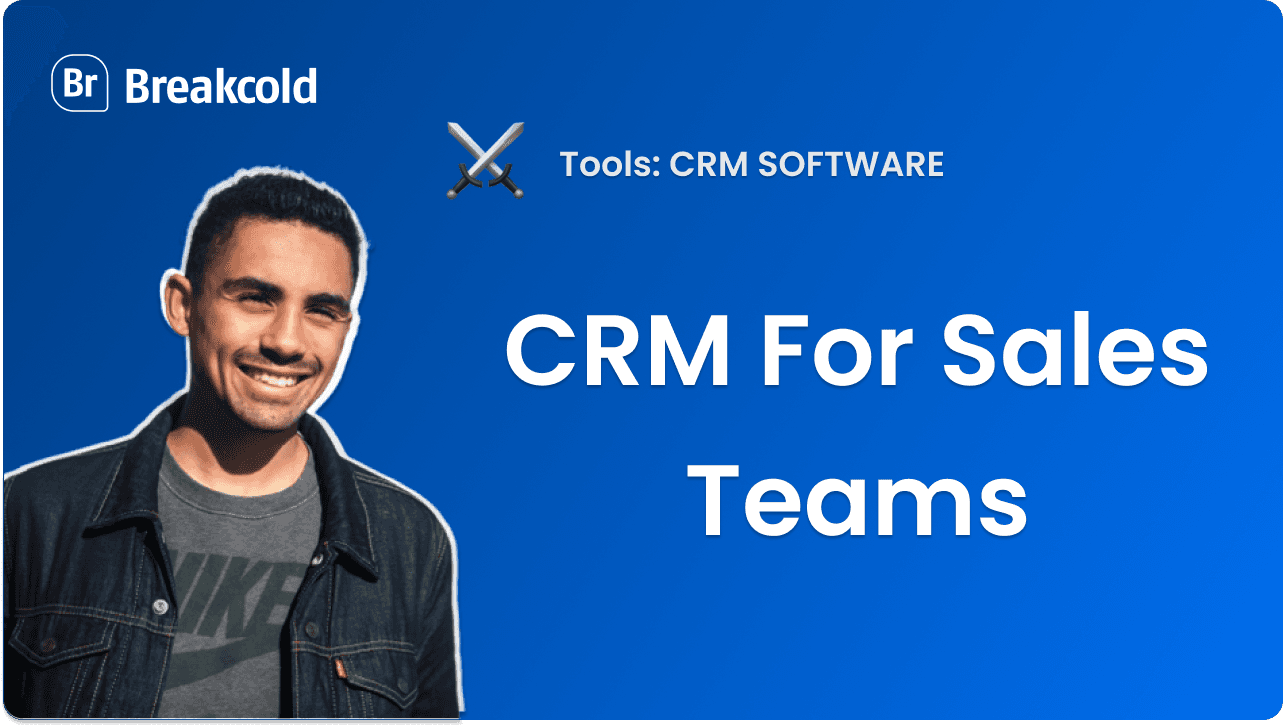
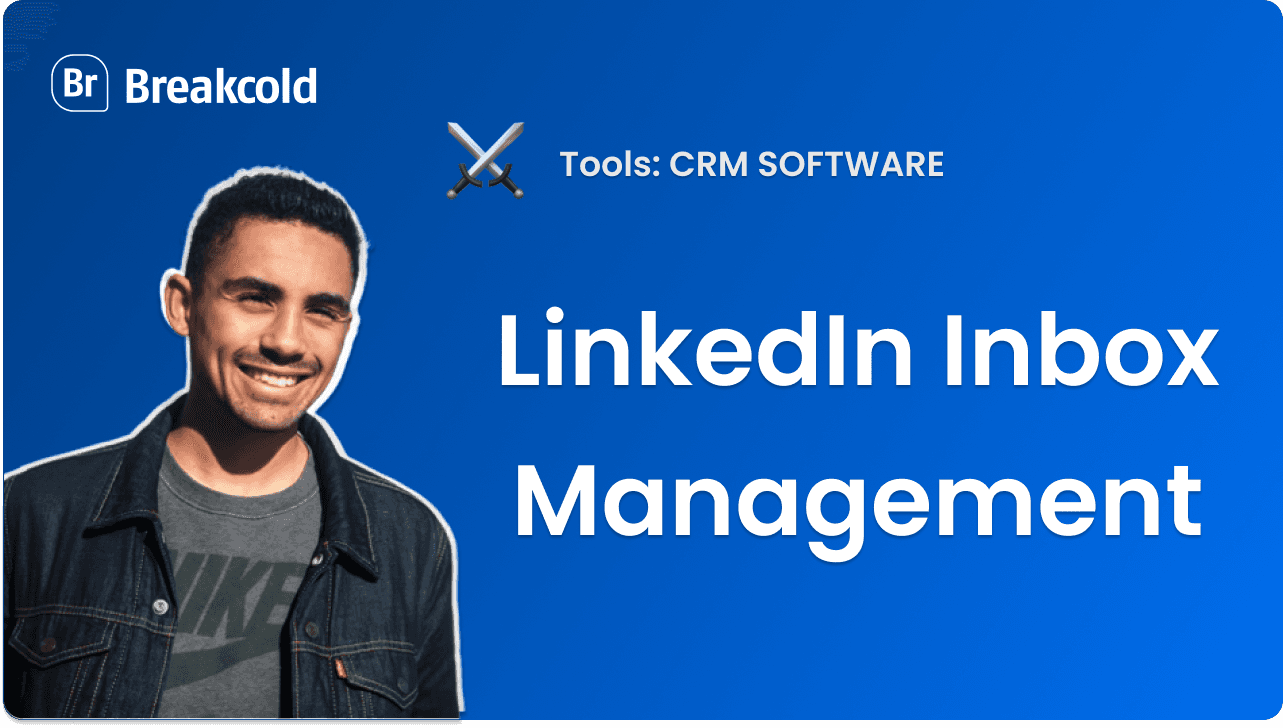



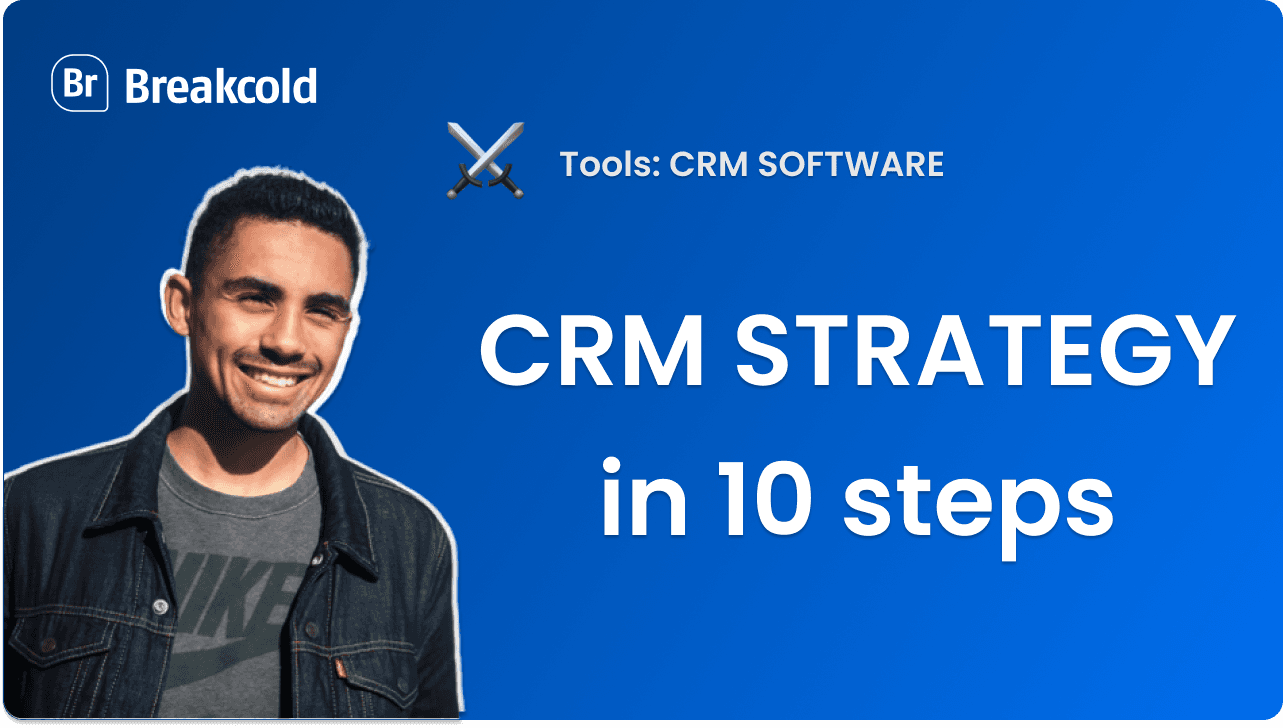
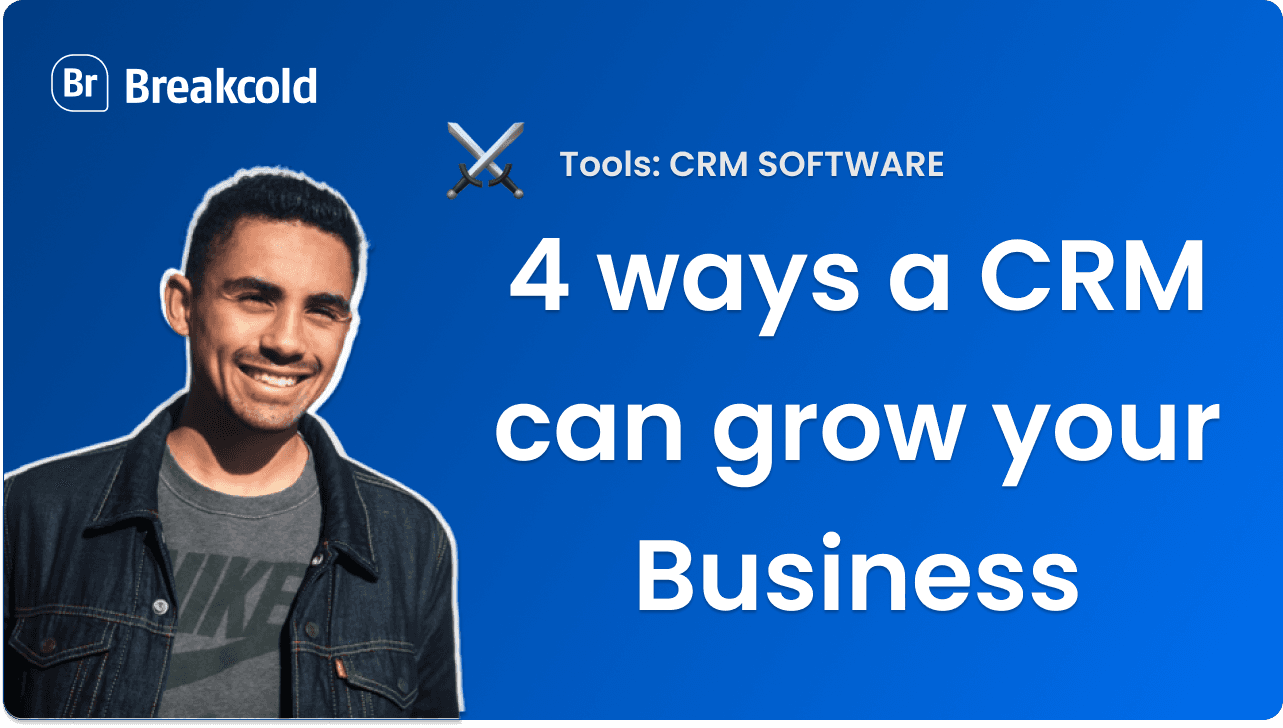

![The 8 Best Social CRM Software in 2025 [Comparison]](https://framerusercontent.com/images/RYHyYapdgIi83BEWtMdX418.png)
![The 6 Best LinkedIn CRM in 2025 [Comparison]](https://framerusercontent.com/images/Luywfni7ZKjb19yghbhNPy4I4qQ.png)
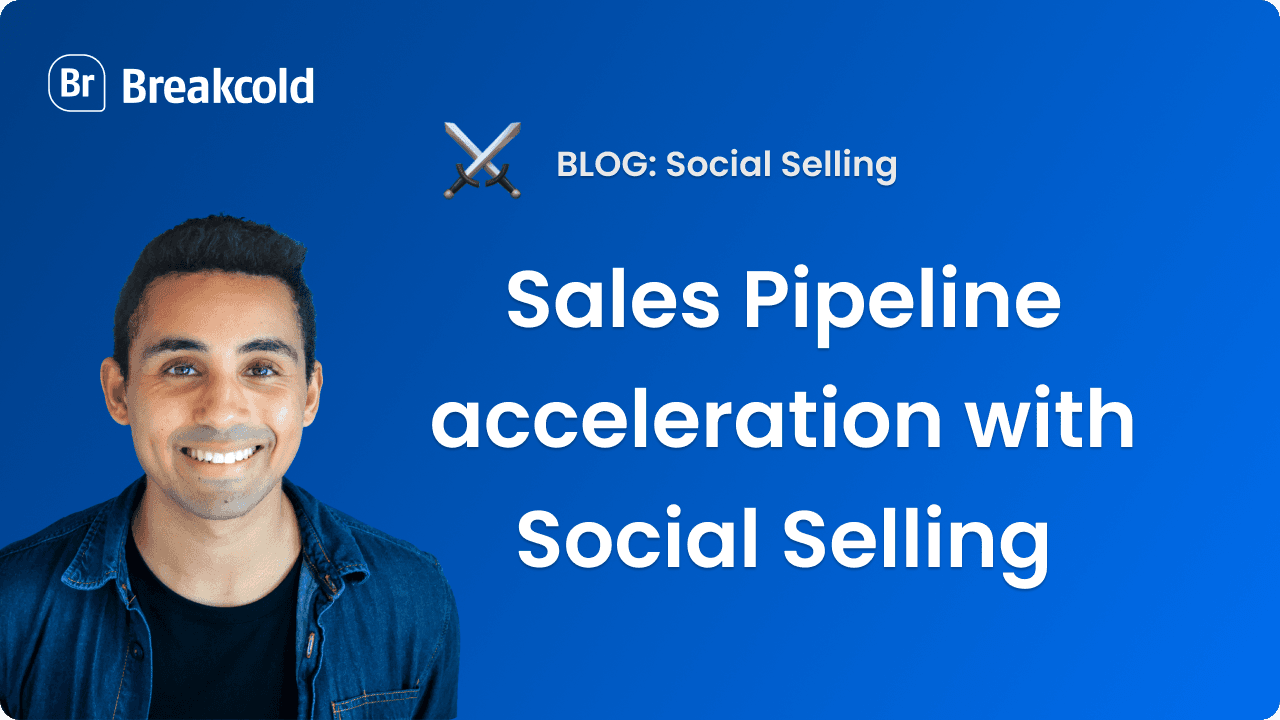

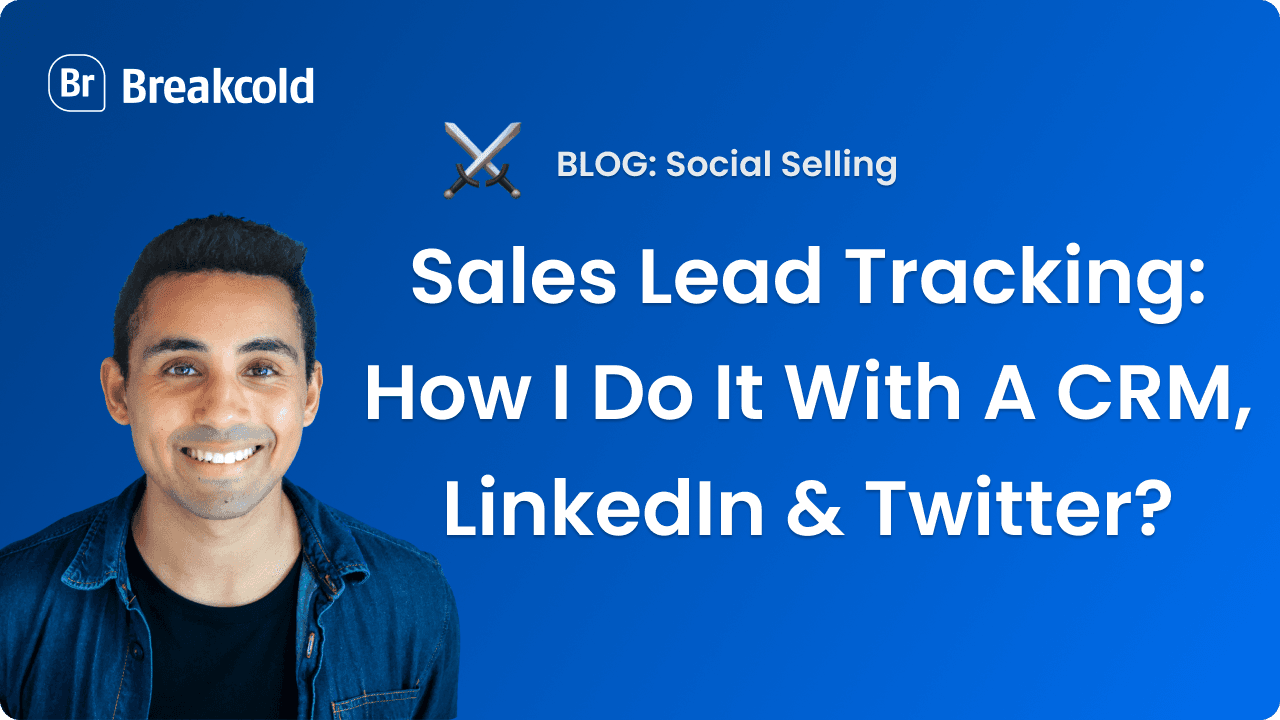
![The 5 Best Twitter CRM [Comparison]](https://framerusercontent.com/images/EWcbvYnVZglJLO8jp3OlHkTvsHo.png)

